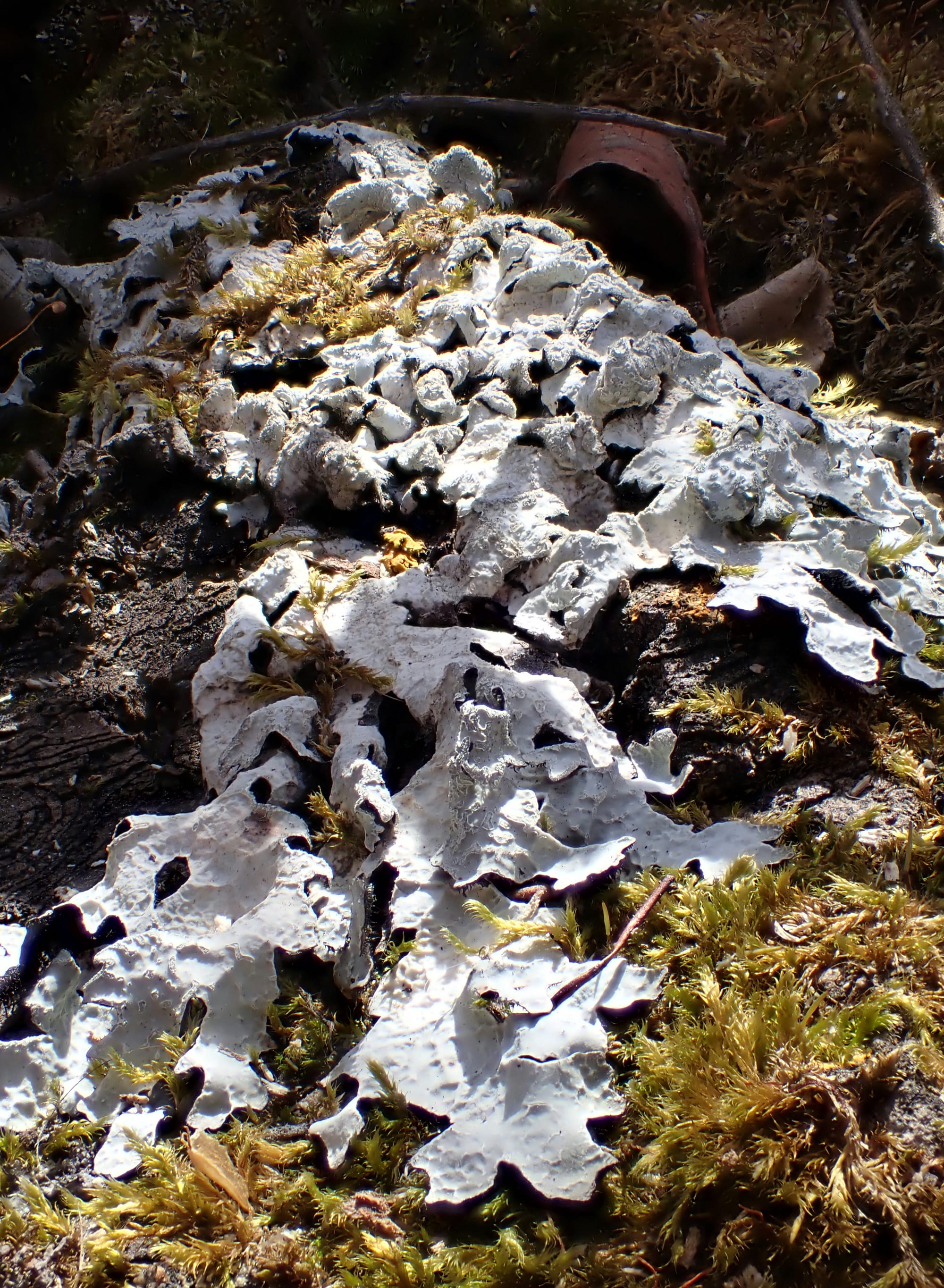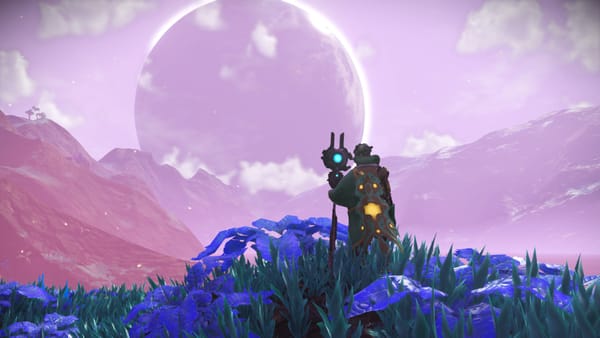Nature Journal Entry #9: Early Spring at Glenbow Ranch Provincial Park
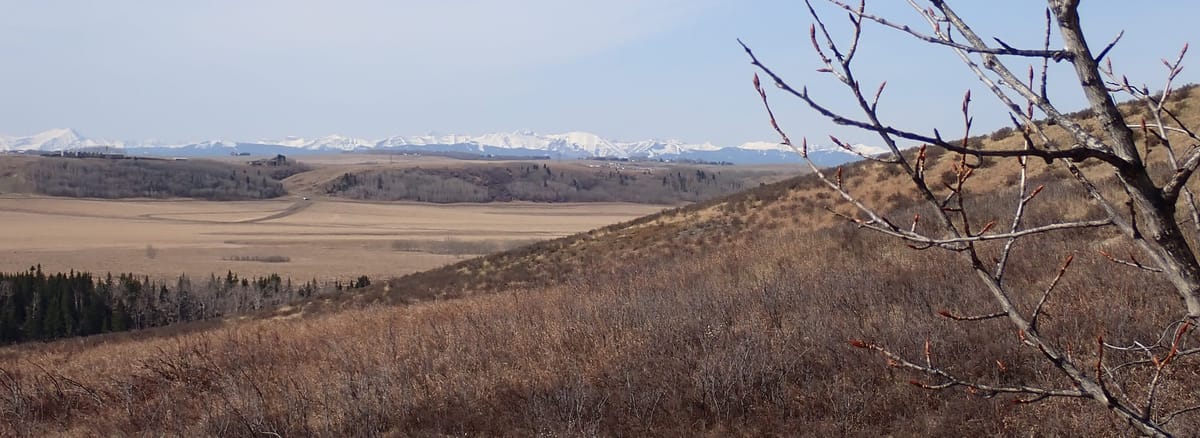
Where: Glenbow Ranch Provincial Park
When: April 24th/April 26th 2025 (Mid-to-Late Morning)
Highlight: The Blossoming Prairie Crocuses, Hawks at High Noon, and Loons Along the Bow River
On April 24th and April 26th, I participated in two separate events at Glenbow Ranch Provincial Park. The provincial park is home to 3,200 acres of native fescue grassland, but also the ruins of Glenbow (along with a nearby former sandstone quarry) and an active cattle ranch (if the grazing cattle do not make that clear - their cow pies will). The reason for these excursions was to give attention to the uncontested botanical wonder of early spring on the prairies: the prairie crocus (also known as the prairie pasqueflower). Due to this brief blossoming time, I have consistently, without fail, missed the peak time of the year for enjoying their lively presence with us. Last month, when I planned out my monthly goals for April, seeing a prairie crocus was of the utmost importance and I was not fucking around.
And by not fucking around, I enjoyed the splendor of prairie crocuces, many natural wonders of this park, and quality time with loved ones!
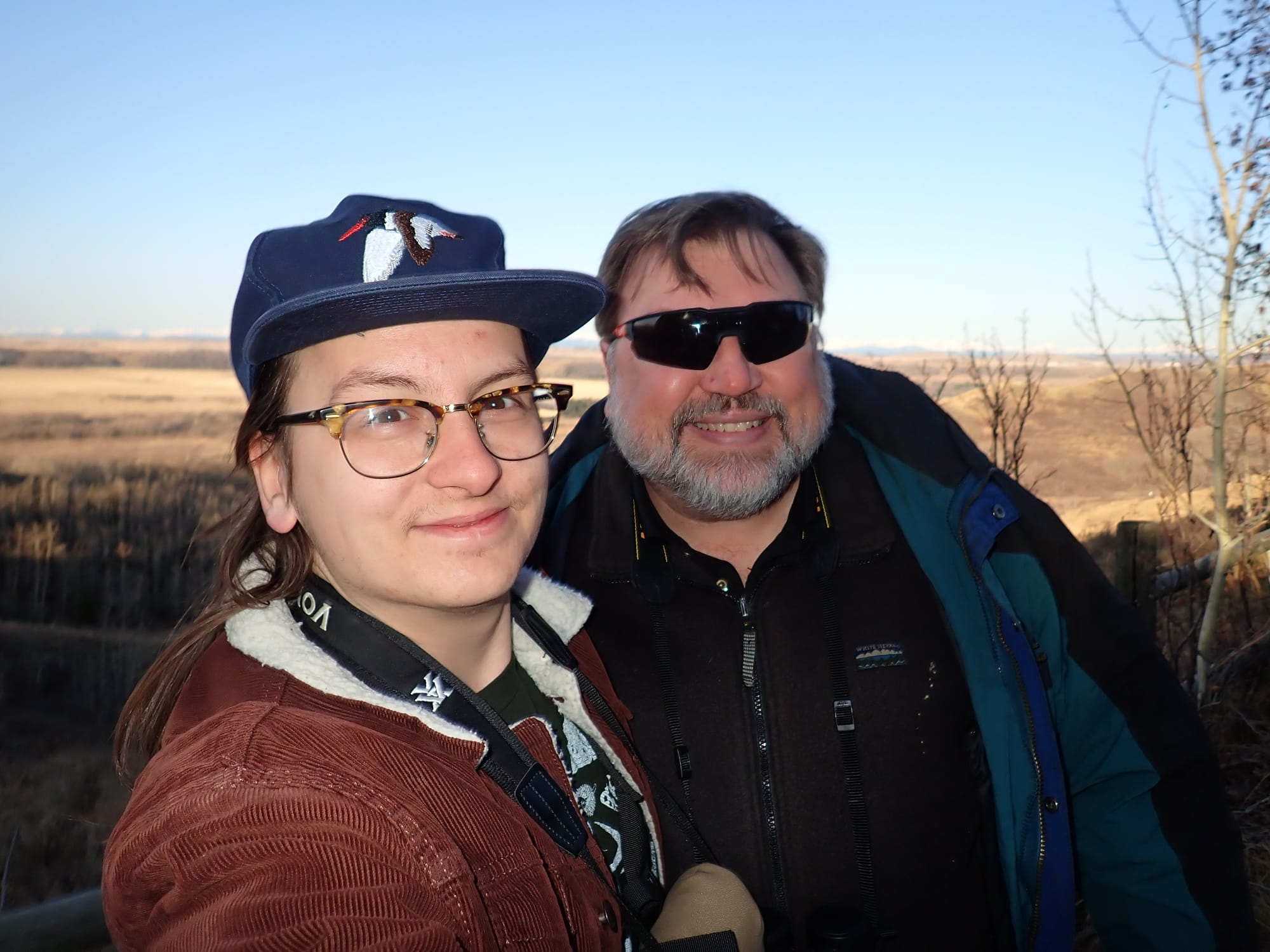
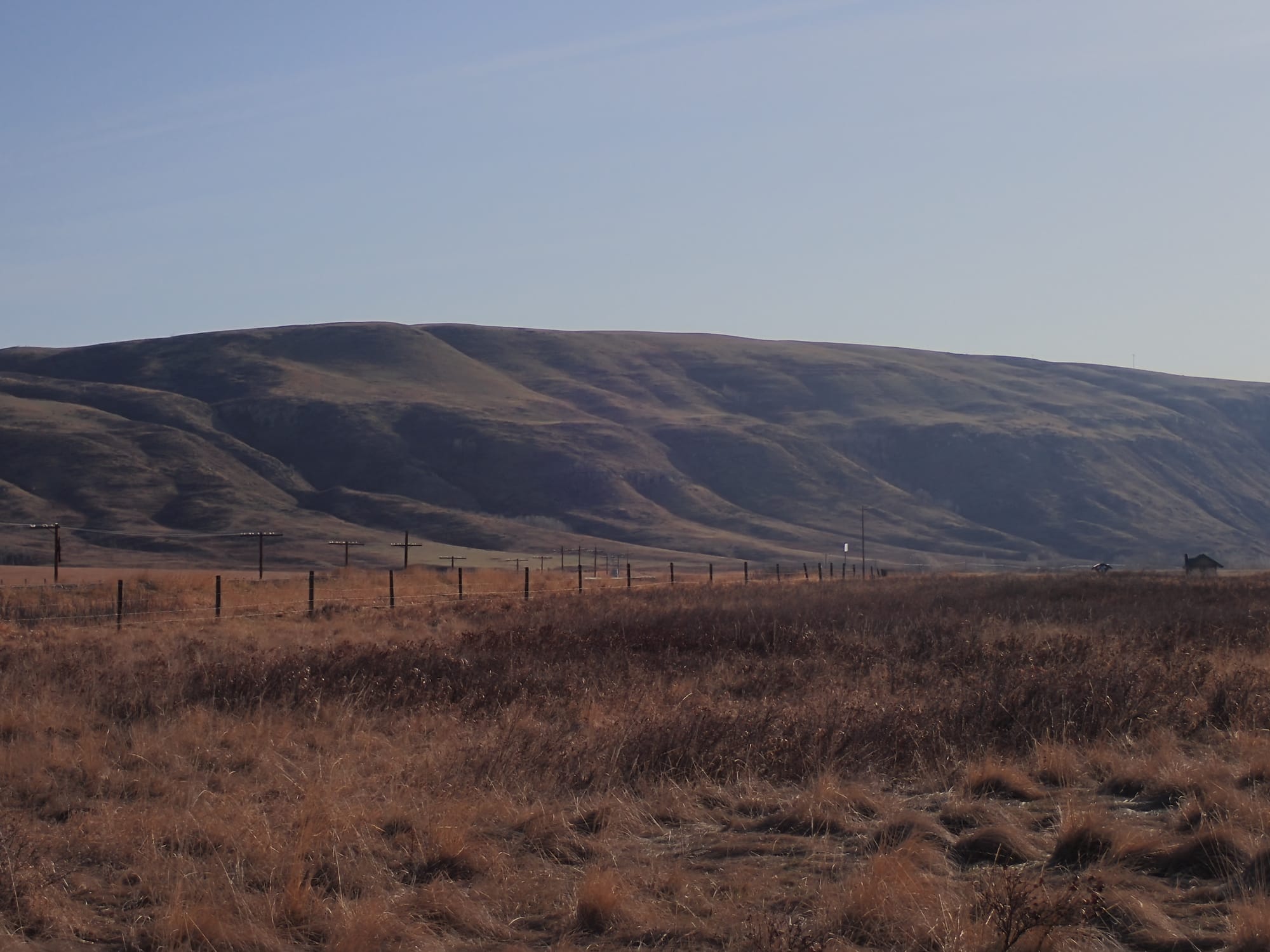
On the 24th of April, James and I joined a birding tour led by Blake and Annie, two field guides from Glenbow Ranch Park Foundation (GRPF), for the duration of four hours. Much of this tour took place with the assistance of one of GRPF's golf carts along trail on the park's eastern half. As a consequence, we were able to cover a vast stretch of the park, but the cost of this was a general briskness that does not allow for deep attention to detail. But also, the golf cart was cool as hell.
Along the Bow River, we seen common goldeneyes, common mergansers, mallards, Canadian geese, and a variety of different gulls, but there were two species that I really enjoyed seeing on the river. First, there were horned grebes swimming along the blue waters. This was a lifer for myself! A note should be made that these red-eyed diving waterfowl are considered a vulnerable species. Second, there were beautiful common loons on Bearspaw Reservoir. Similar to the grebes, I had never seen them before either. These are charismatic creatures that have become Canadian icons in many regards, but they are also the 2025 American Birding Association's Bird of the Year! Maybe we can fend fences with our neighbours by sharing a common goal of stewarding our continental waters better.
Amongst the aspen trees, fields, and sagebrush vegetation, there were Richardson's ground squirrels, robins, European starlings, song sparrows, mule deer, northern flickers, and a surprising amount of American kestrels! When turning attention to the blue skies, there were accipitriformes of all sorts soaring above. Among these were the red-tailed hawk, Swainson's hawk, bald eagle, osprey, and the sharp-shinned hawk. We also seen tree swallows (with fantastic blue plumage I might add), ravens, a pileated woodpecker, and a couple of turkey vultures. The latter of these, the turkey vulture, was fucking huge (way bigger than I expected given how high up they were). Southern Alberta is considered its northern extremity of range (though climate change will likely alter that) of the carrion-seeking birds.
As far as flora goes, there was an obvious lack of emphasis here - it was a birding tour after all. Spiny phlox, an early-spring white flower found on the open prairie amongst the sagebrush vegetation, made an appearance. I also found a bunch of rocks with a multicoloured array of lichen. And, I did, at long last, stumble upon the majesty of the blossoming prairie crocus!
The prairie crocus is a beautiful violet flower that blossoms for a brief period (often late April here) - sometimes with nearby snow still melting. It is the provincial flower of Manitoba and often considered the first sign of spring for many folks (though the red-winged blackbird is often my harbinger of the season). According to the Manitoba Masters Growers Association, they enjoy the "sunny, wind-swept, dry, uncultivated native prairie," which is why Nose Hill Park is often one of the prime spots to see them blossom in the city. Nestled amongst their violet sepals, you'll find a bright yellow stamen - fantastic for pollinators in early spring. Eventually, however, as the season progresses, other botanical life grows taller and captures that same sunlight.
For more on the Prairie crocus, I recommend reading the article below.
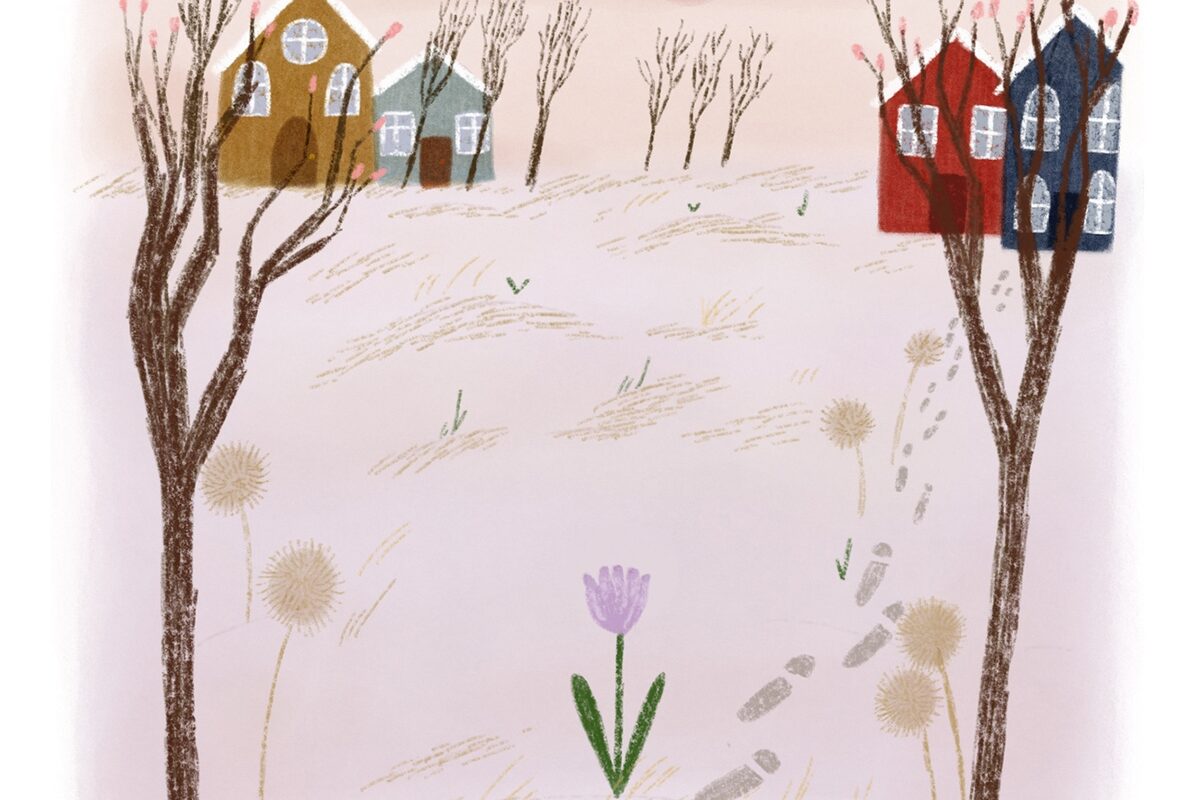
"Tallness, in our times, is sometimes a matter of spirit. Tallness is a living largesse, a wildness of heart. To me, the crocus seems like an emotional giant. It bets big. It bets early, investing everything it has in finding spring first. And this makes it the tallest of beings. This is the promise of every crocus: that character, independence and the willingness to find life are enough to change the season." - Bill Bunn
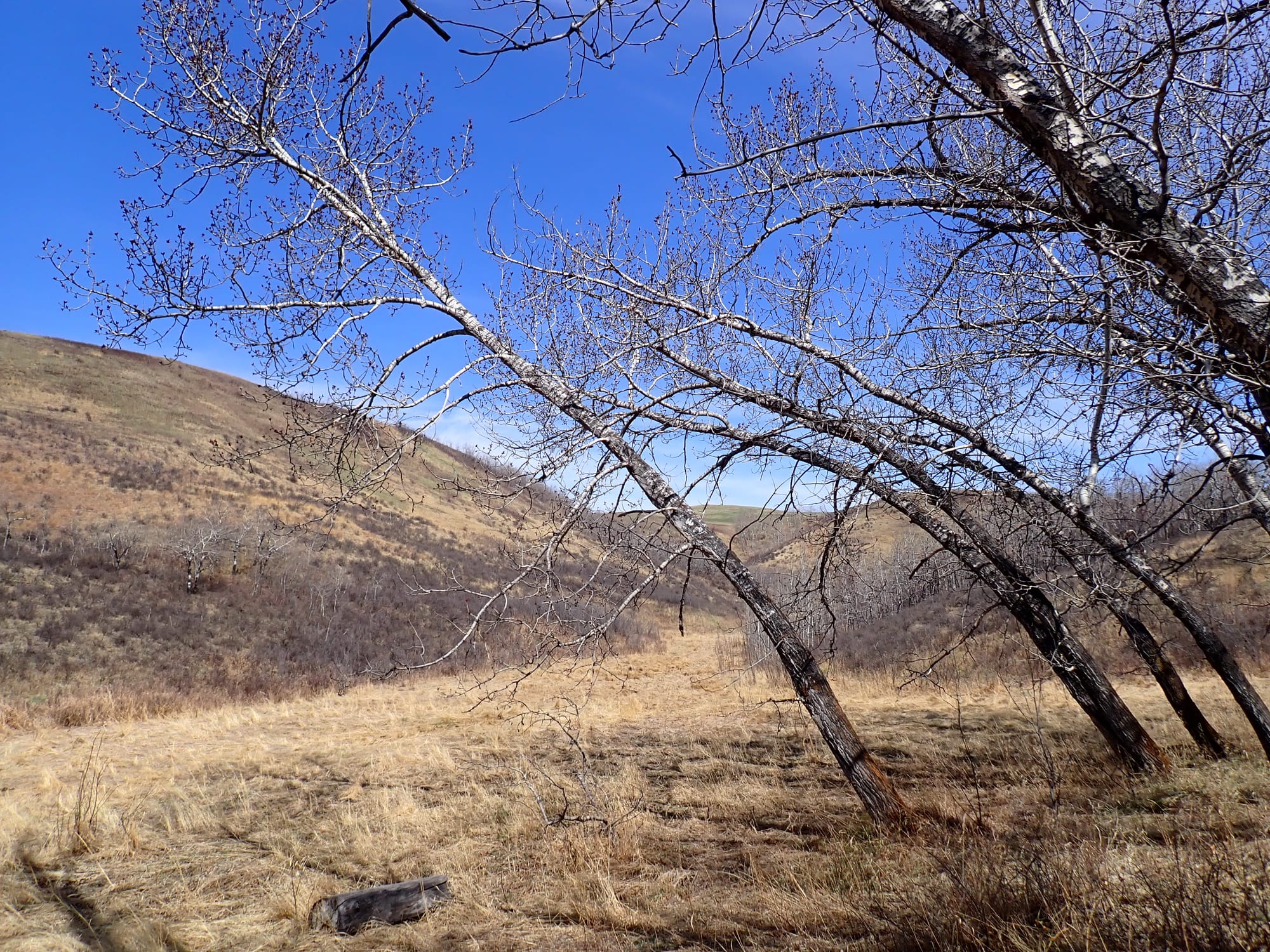

On the 26th of April, Alexis, Taylor, and I participated in City Nature Challenge 2025 by joining up with a GRPF-led nature walk (led by Blake again) along two main trail systems; Bowbend Trail and Tiger Lily Loop. We seen robins, ravens, and a red-tailed hawk (among others), but unlike the birding tour, this time our attention was placed upon the native flora of the land itself. In doing this, whereas briskness defined my trip out here on the 24th of April, a slow pace was crucial here. Unlike other parts of spring and summer broadly, the botanical life of early spring is often fairly dormant. Life is prominent still, yes, but it is cryptic, unless someone gives proper attention.
Whilst aspen and poplar trees (which can hybridize) made themselves prominent with their, put simply, largeness, that we render other botanical life less important in our cultural imagination. Trees hold a material, yes, but also symbolic power to many human civilizations, but our field guide's tender recognition for grass was meaningful. Timothy grass, sand reedgrass, and little bluestem are all species of grass were had been introduced to (one of them is invasive - figure it out). The differents might not capture our consideration, but the multitude of visually unremarkable species that make grasslands what they are - they matter. This invisibility is startling given the fact that grasslands, from Mongolia to Manitoba, play an massive role in carbon sequestering as they "store approximately 34% of the global terrestrial stock of carbon". Possibly, just putting it out there, Settler-led decimation of native grasslands has resulted in a sort of amnesia of the ecological wonder of this region.
Beyond the trees and grasses, we seen blanket flower, morning glory butterflies, Canadian buffalo-berry, seven-spotted lady beetles, early cinquefoil, silverberry, bearberry, Saskatoon berry (just as they were budding with thier fuzzy tips), and of course, the prairie crocus again, except featuring a busy native pollinator! As we got into a wooded coulee section of pathway, I focused on the lichens and mosses that revealed themselves in the trees' shade. I have no clue what species they are, but they were really cool to look at, especially with our new digital camera's macro mode.
Now behold! The beauty of prairie grassland!
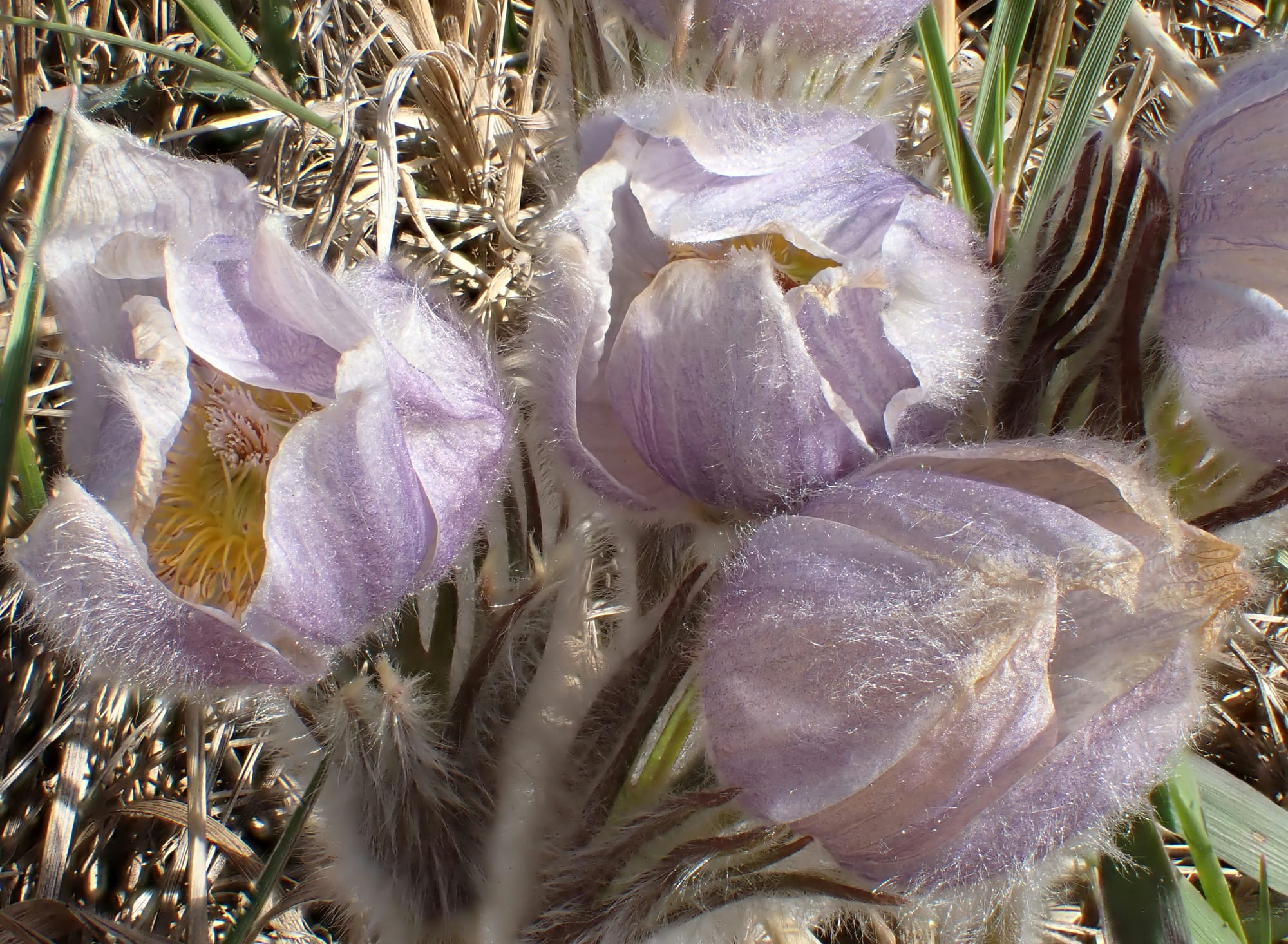

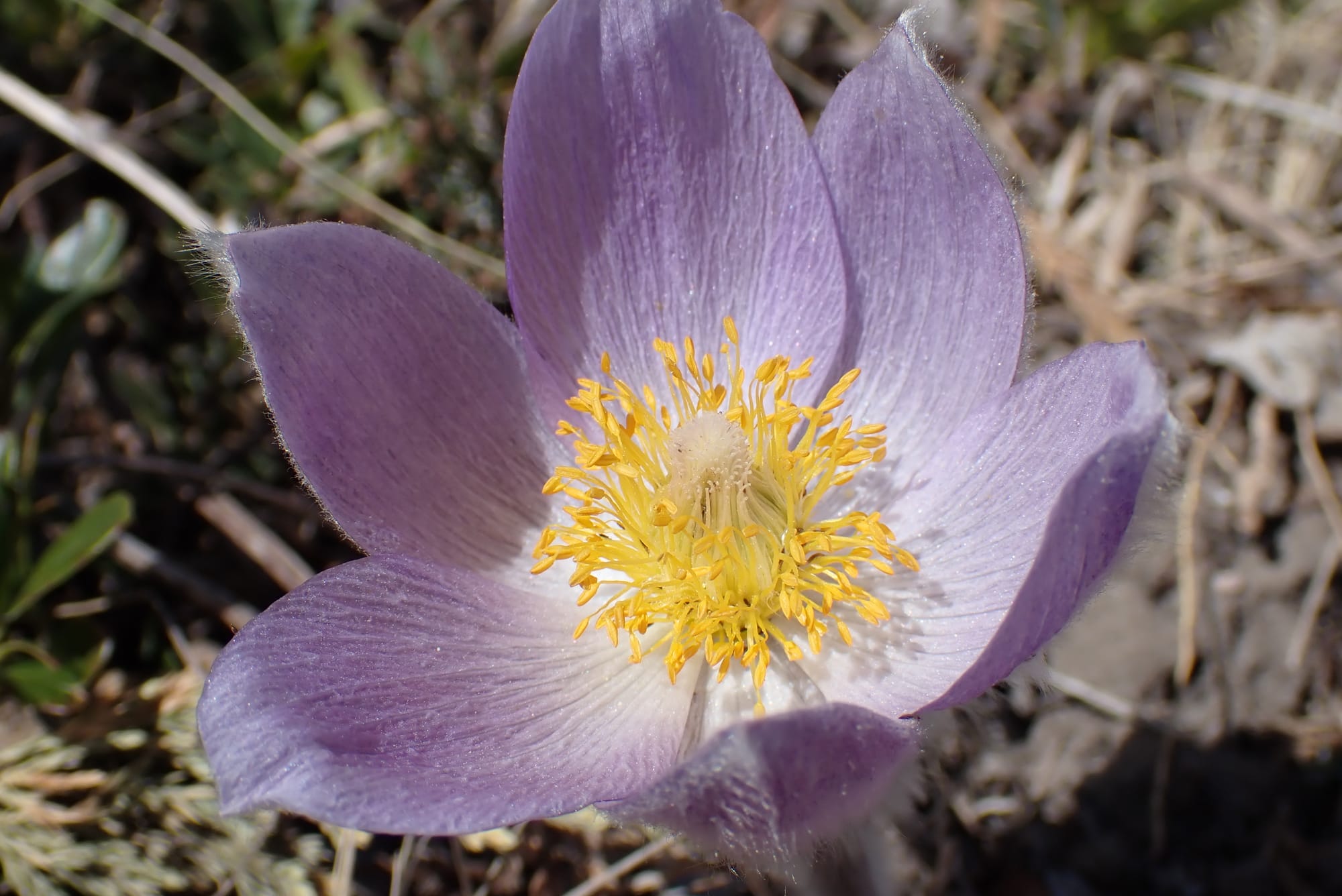
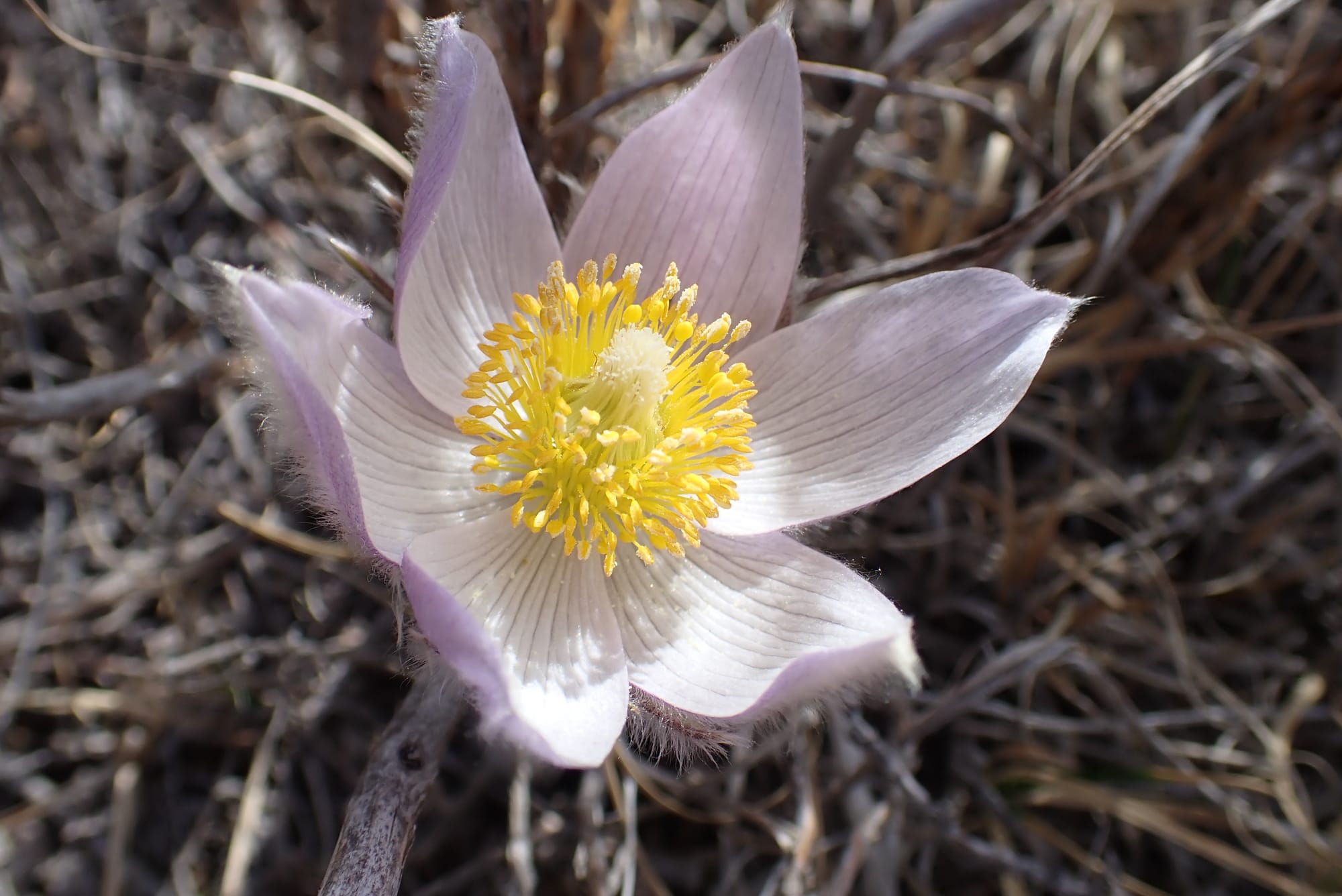
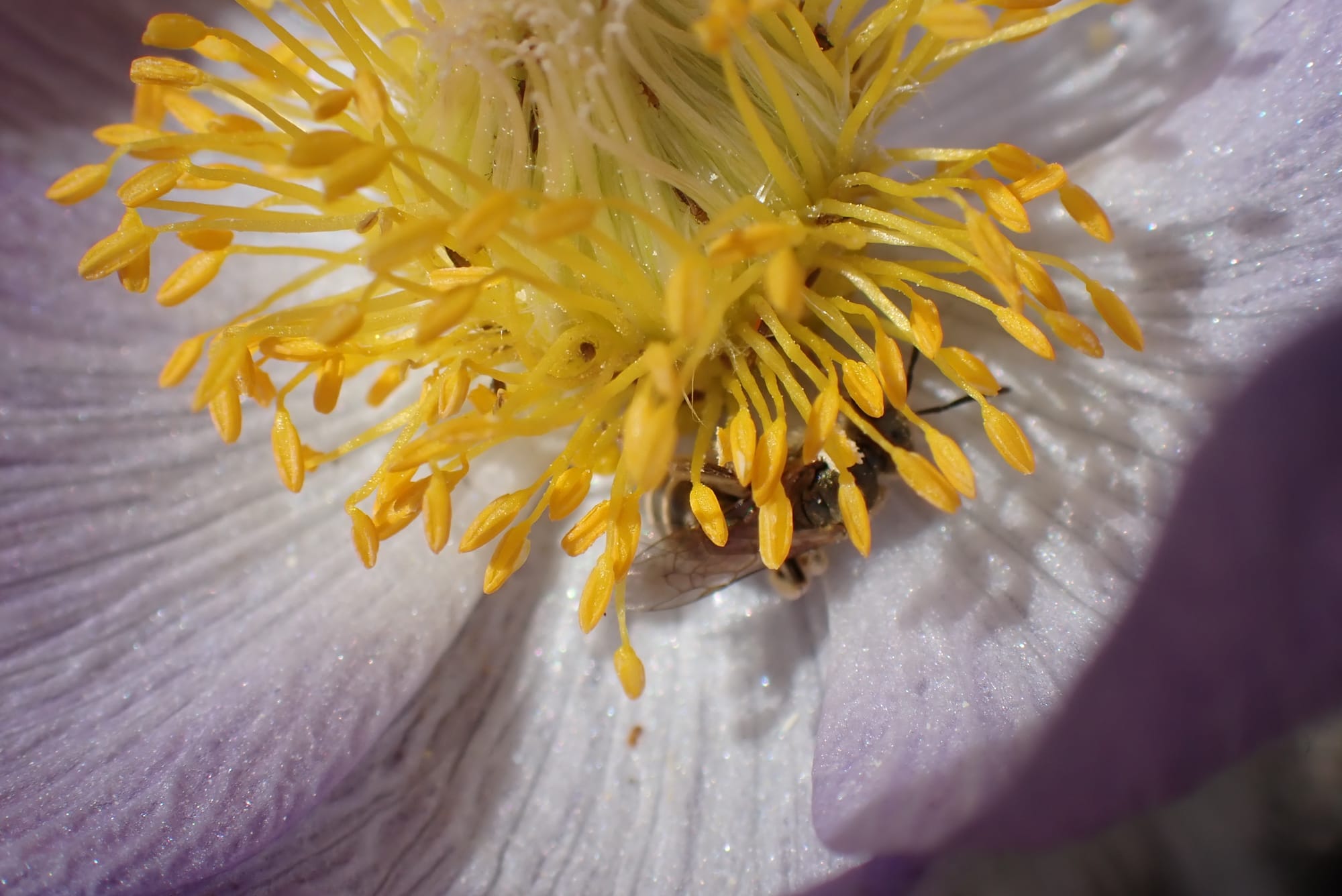
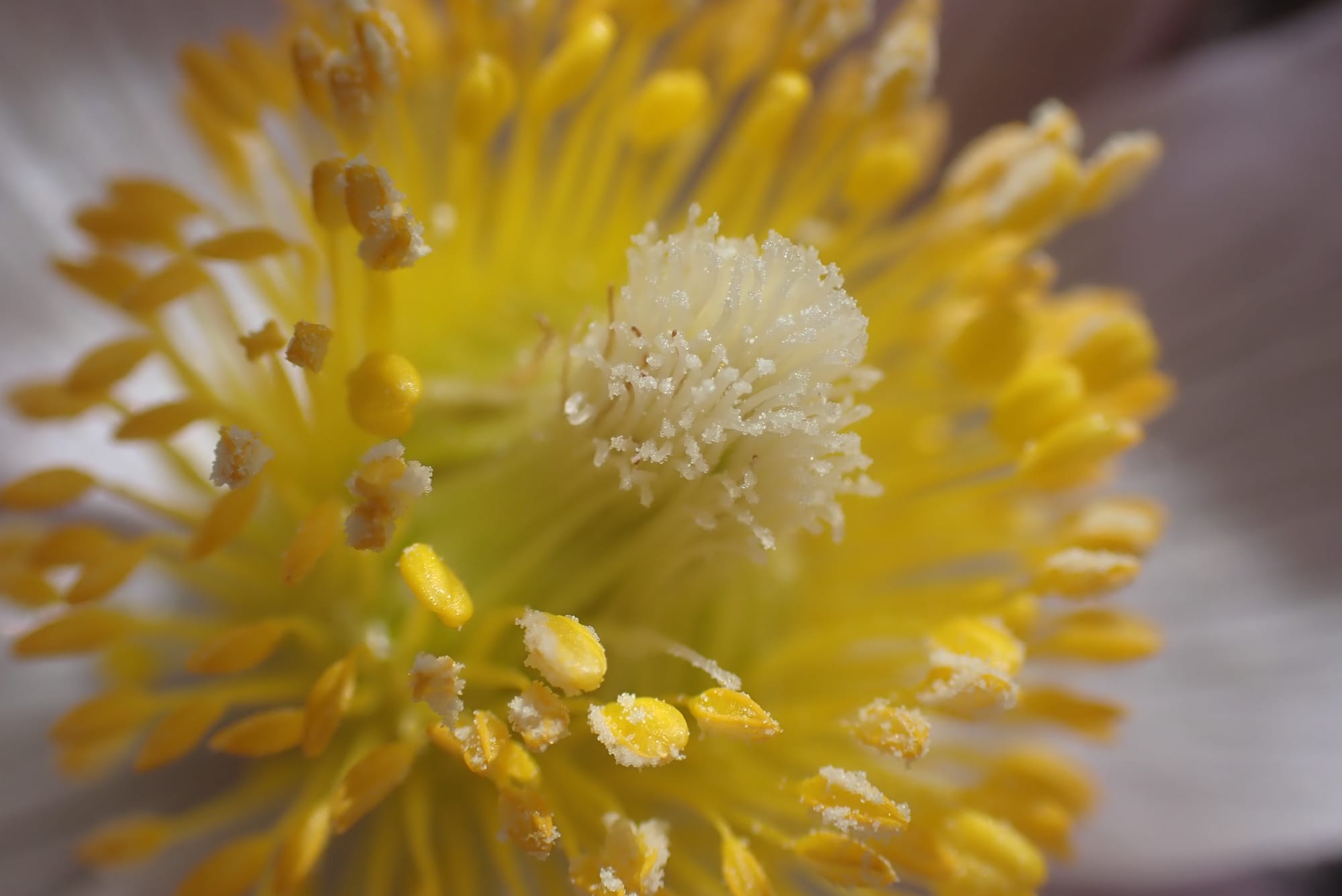
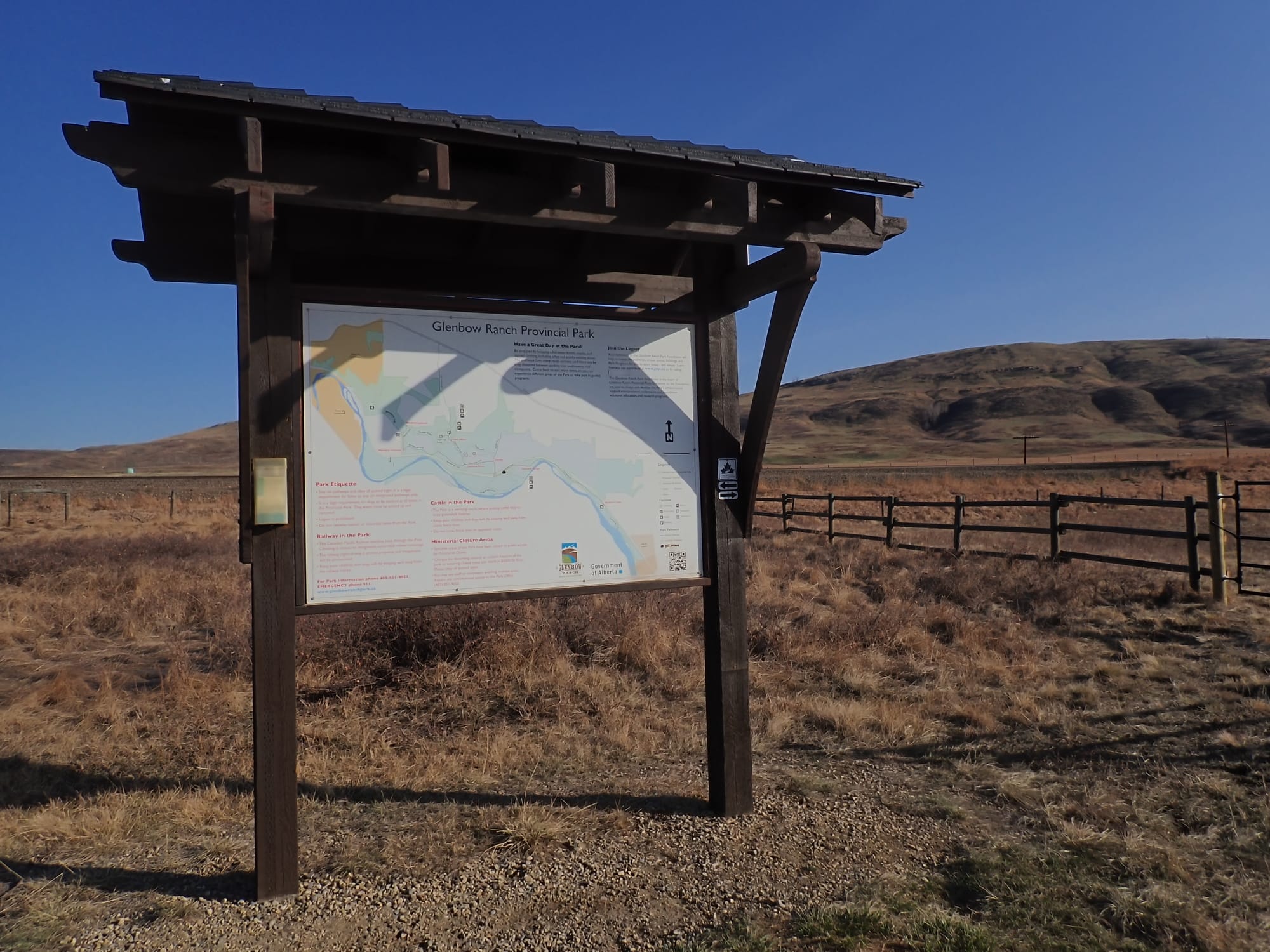
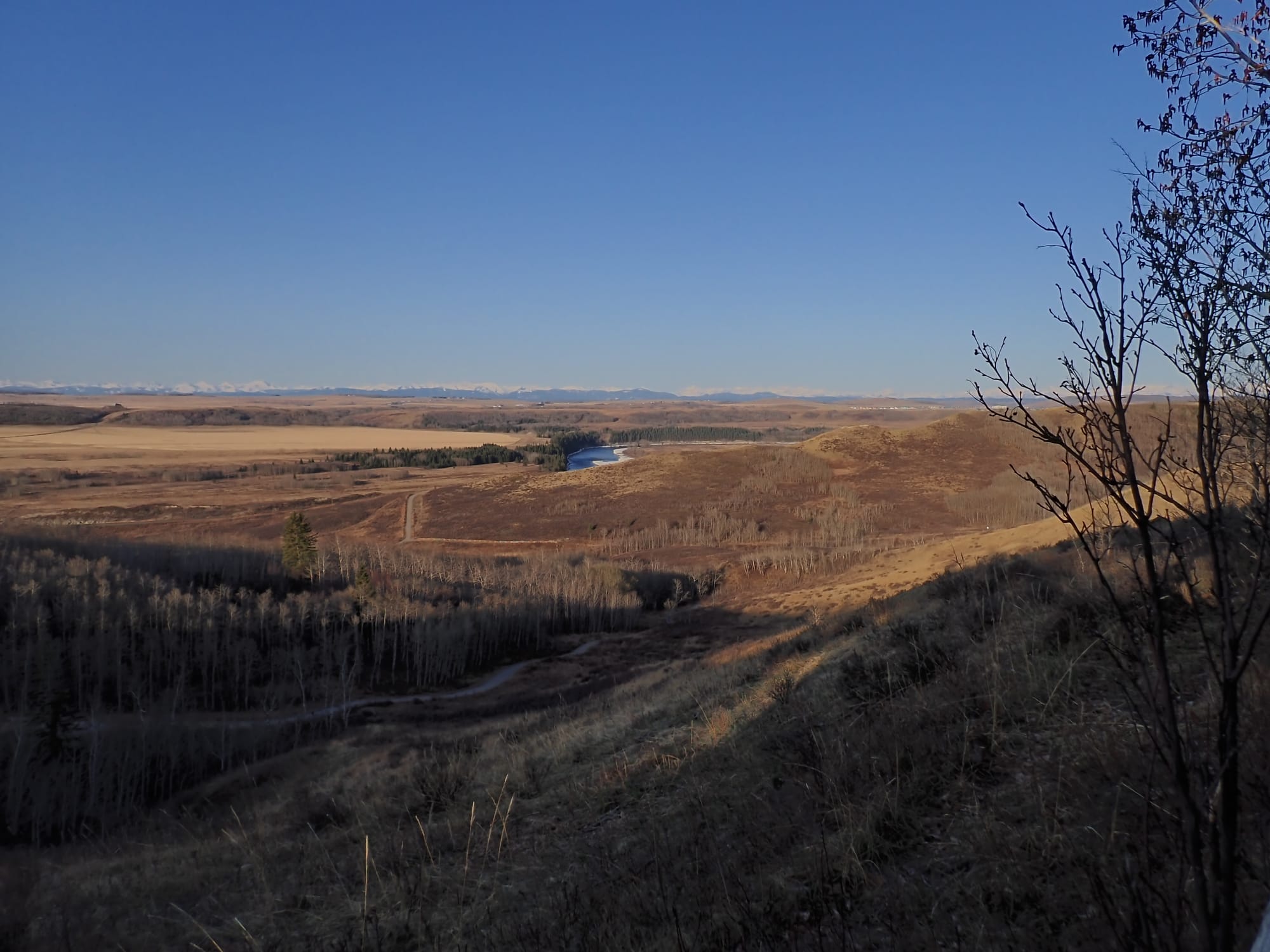

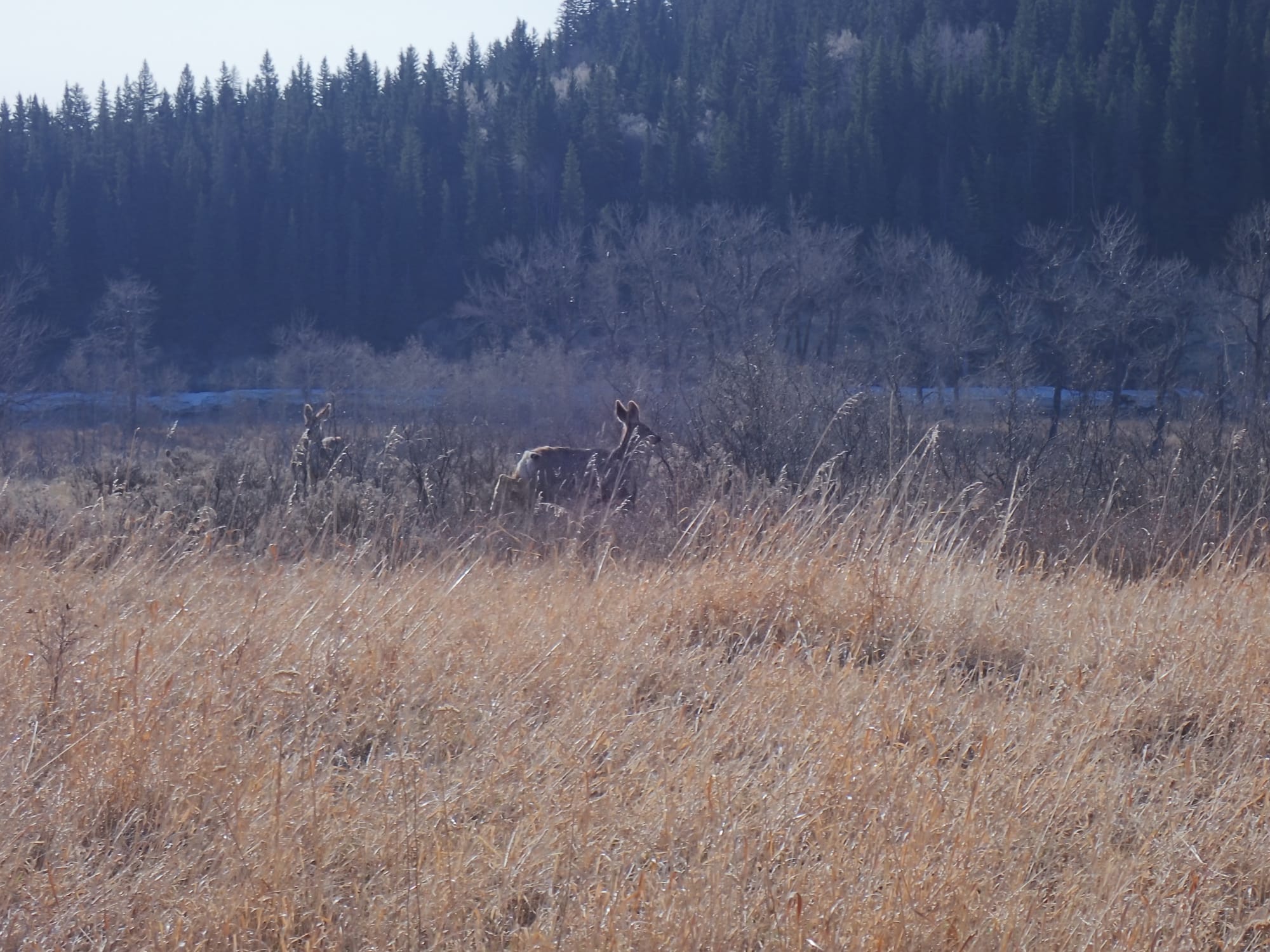
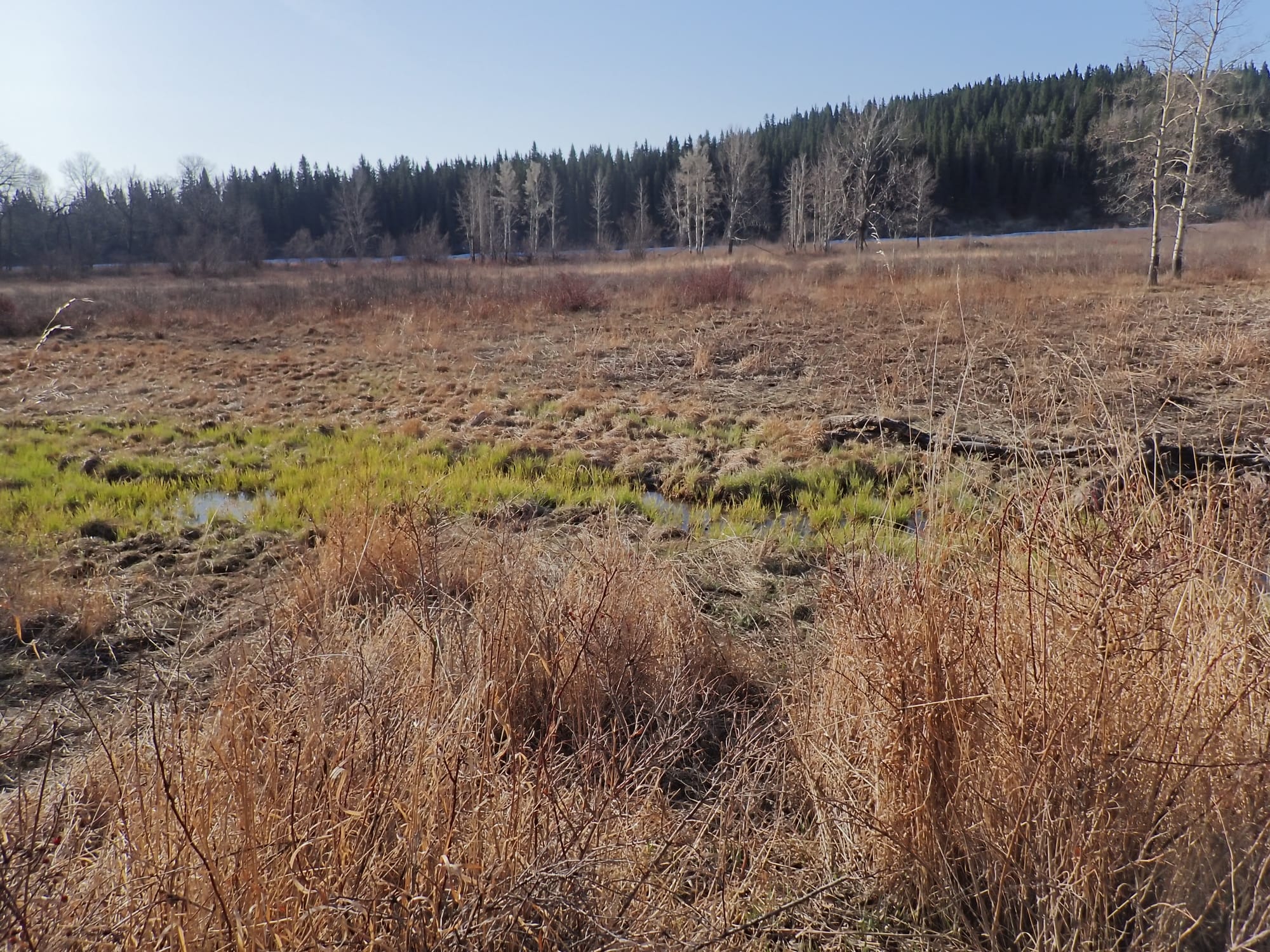
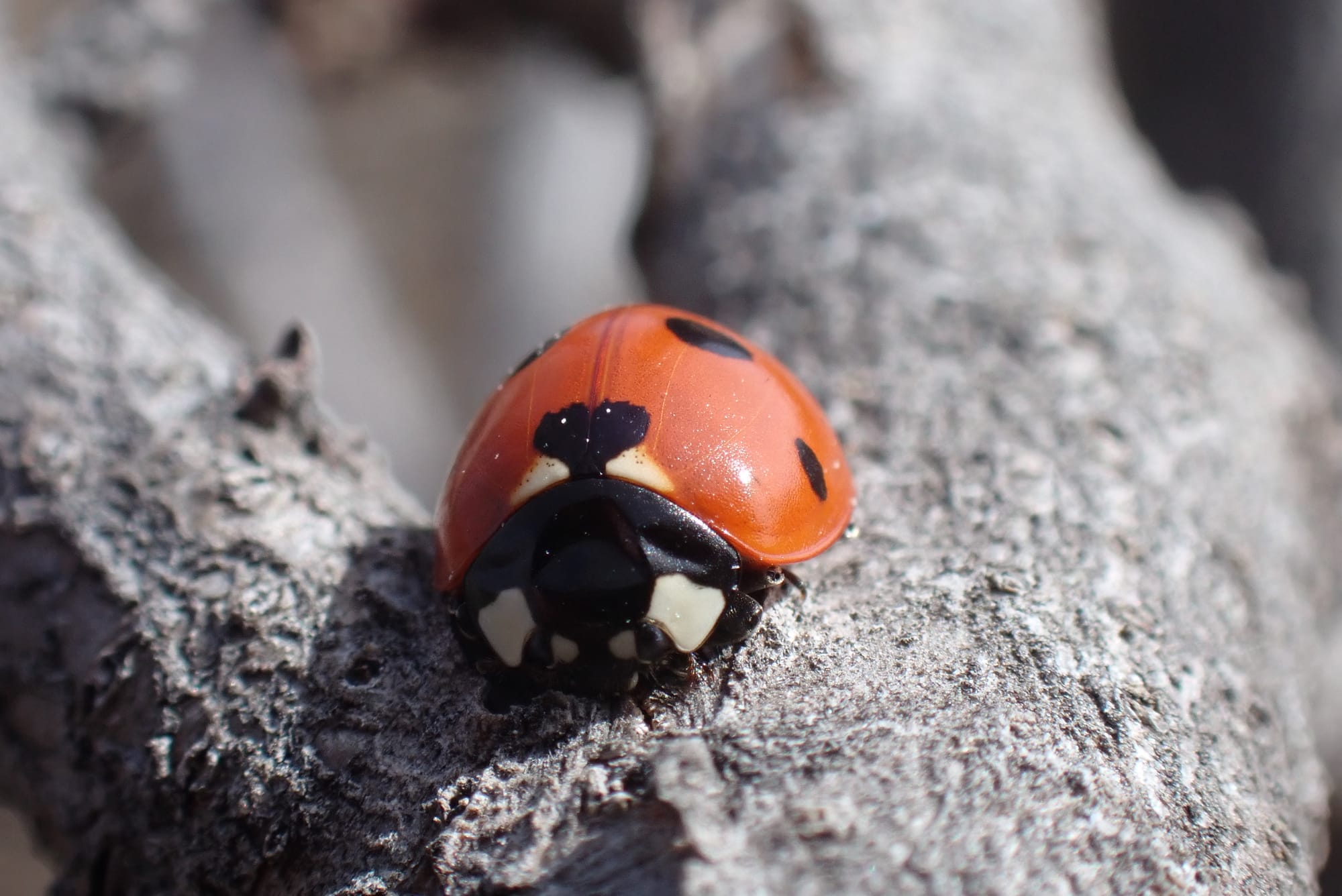

An active Seven-Spotted Lady Beetle/A resting Goldenrod Gall Fly
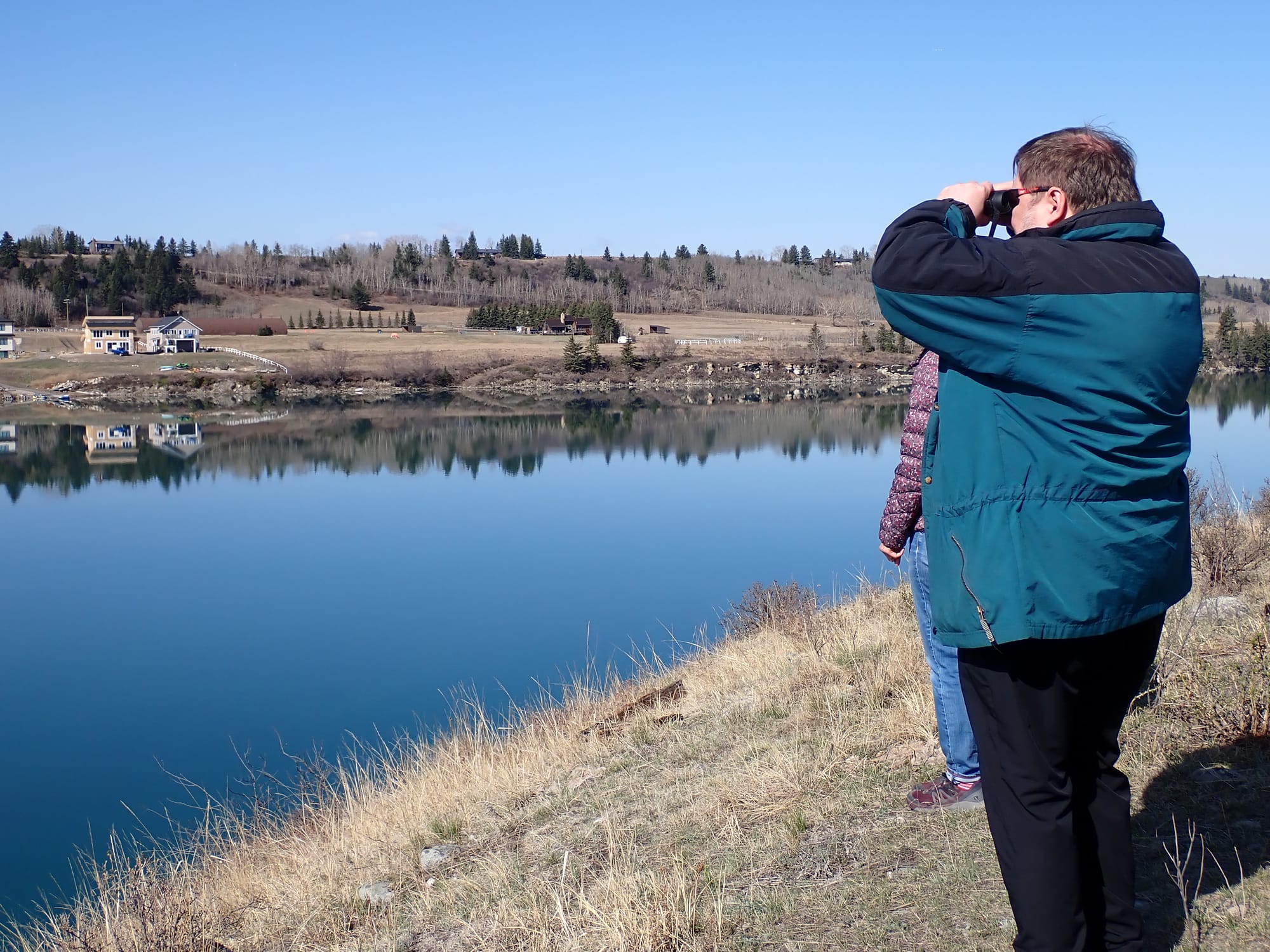
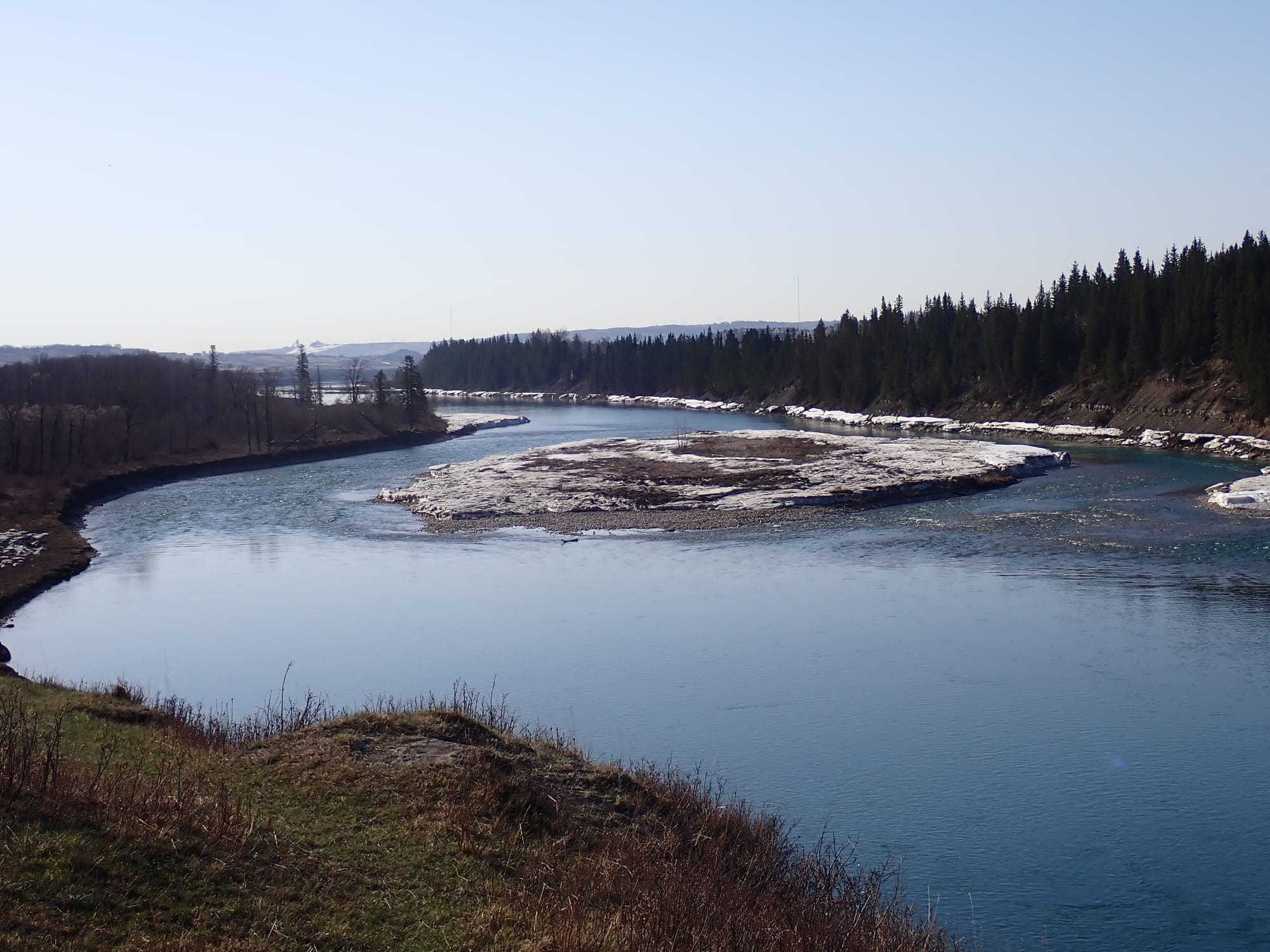

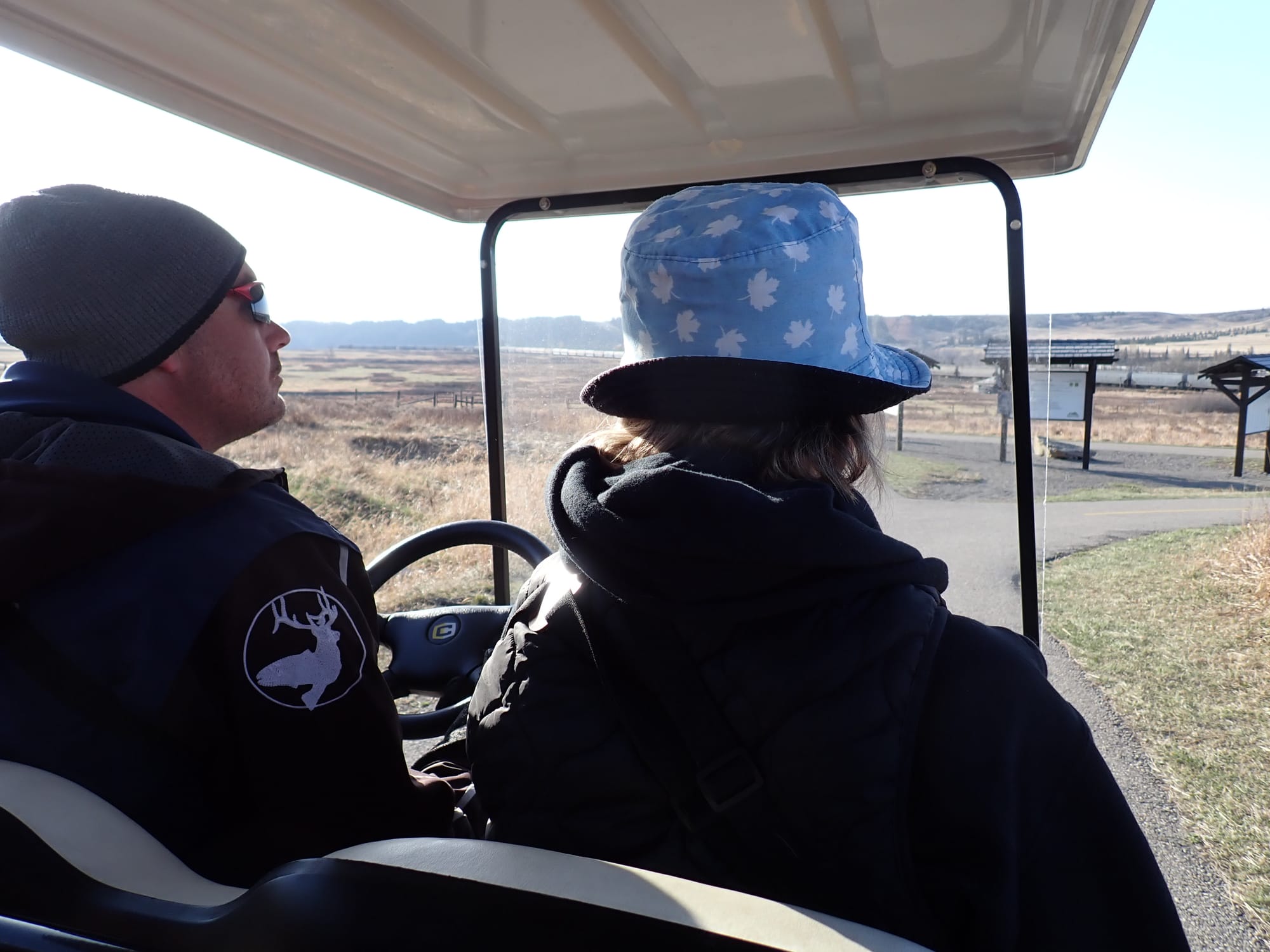


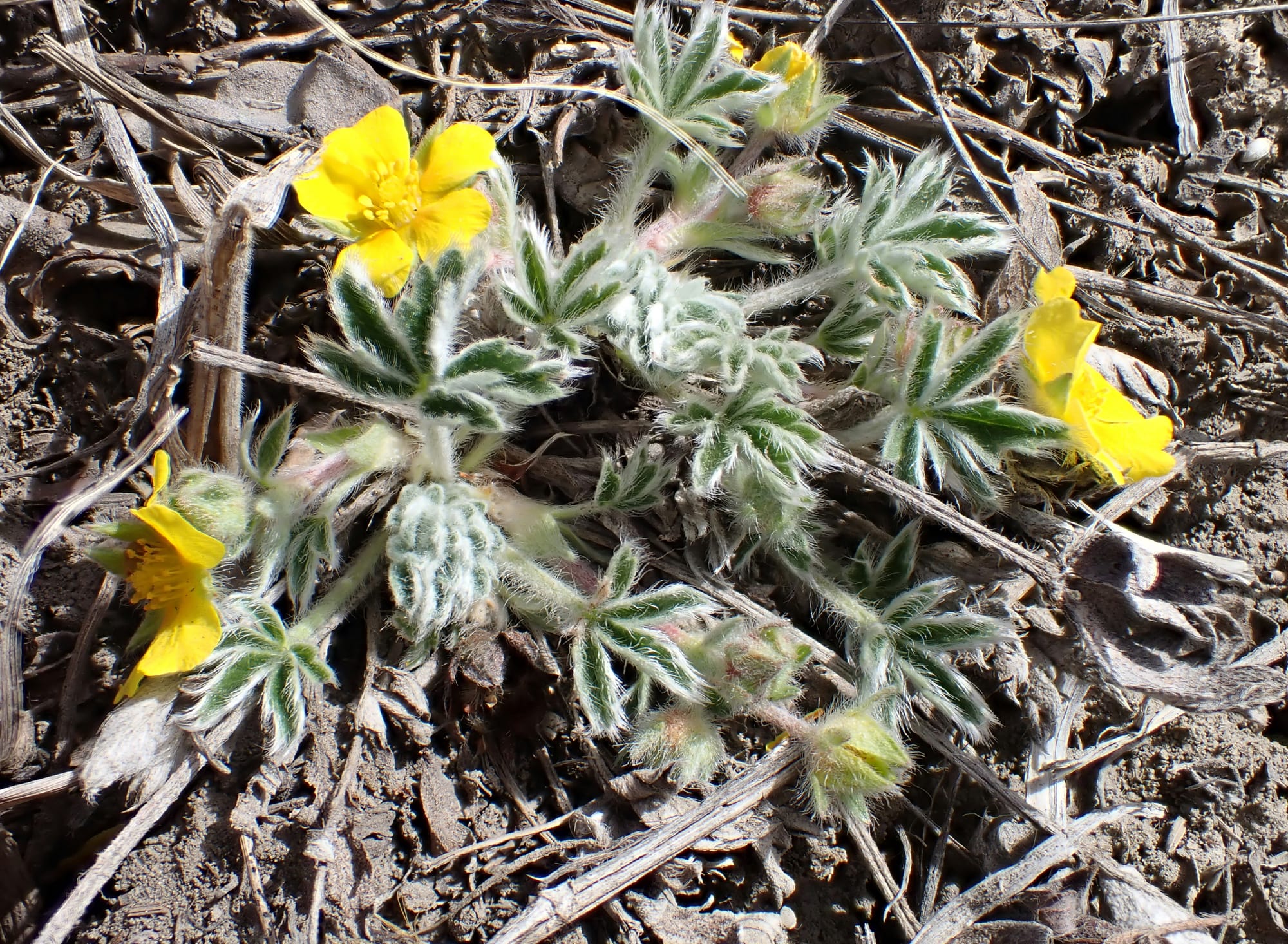
Spiny Phlox/Blanket Flower/Early Cinquefoil
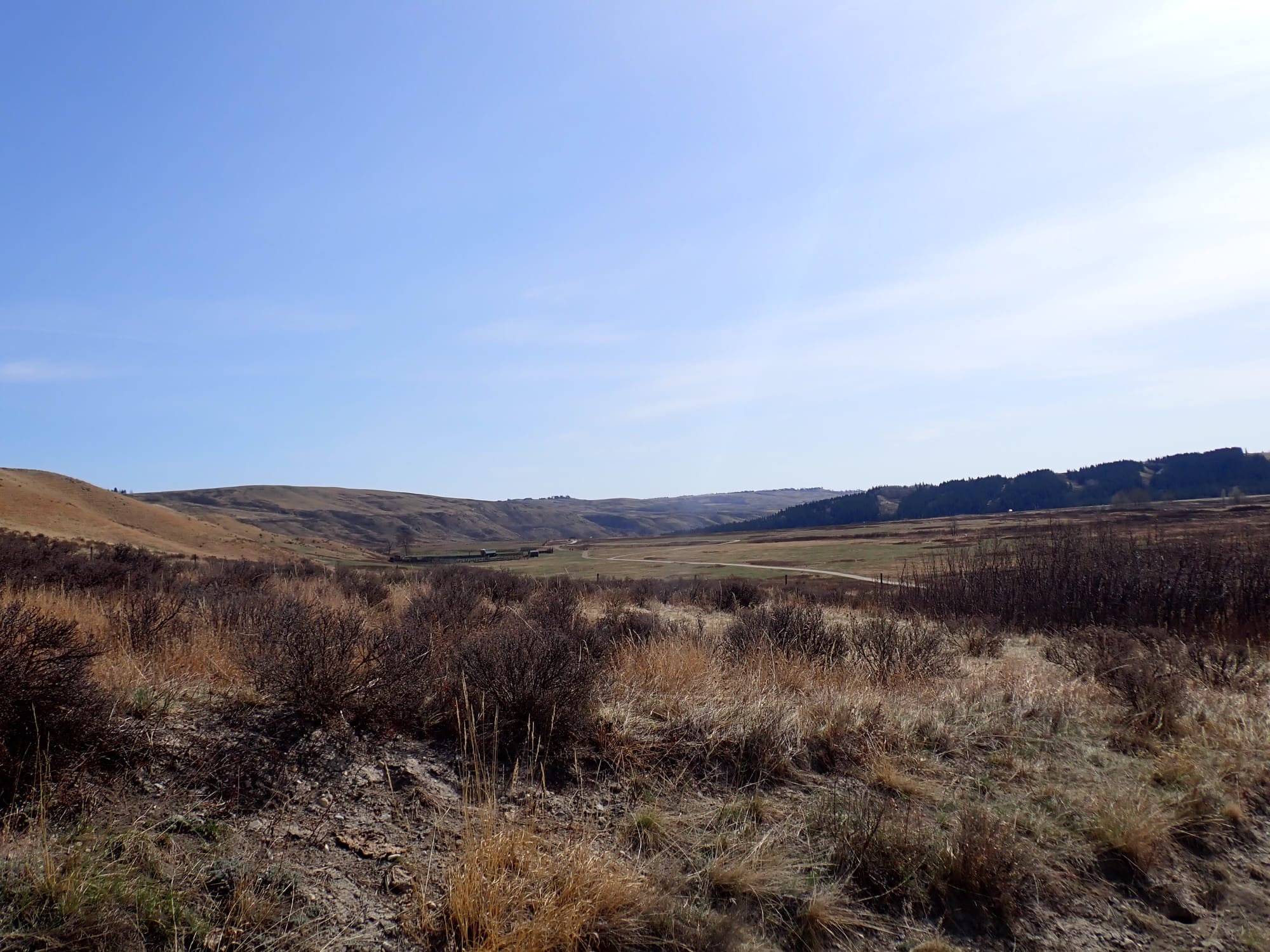
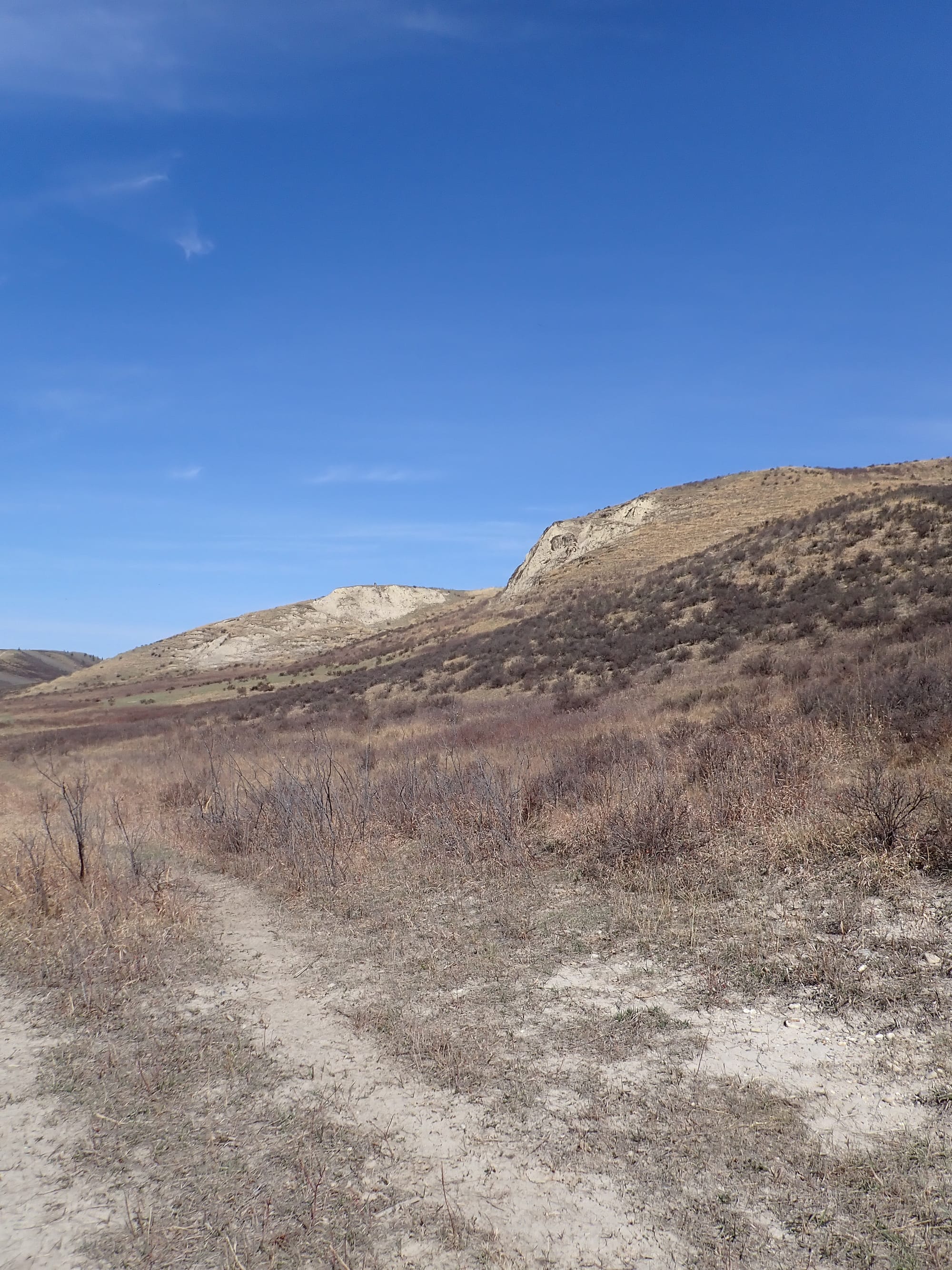
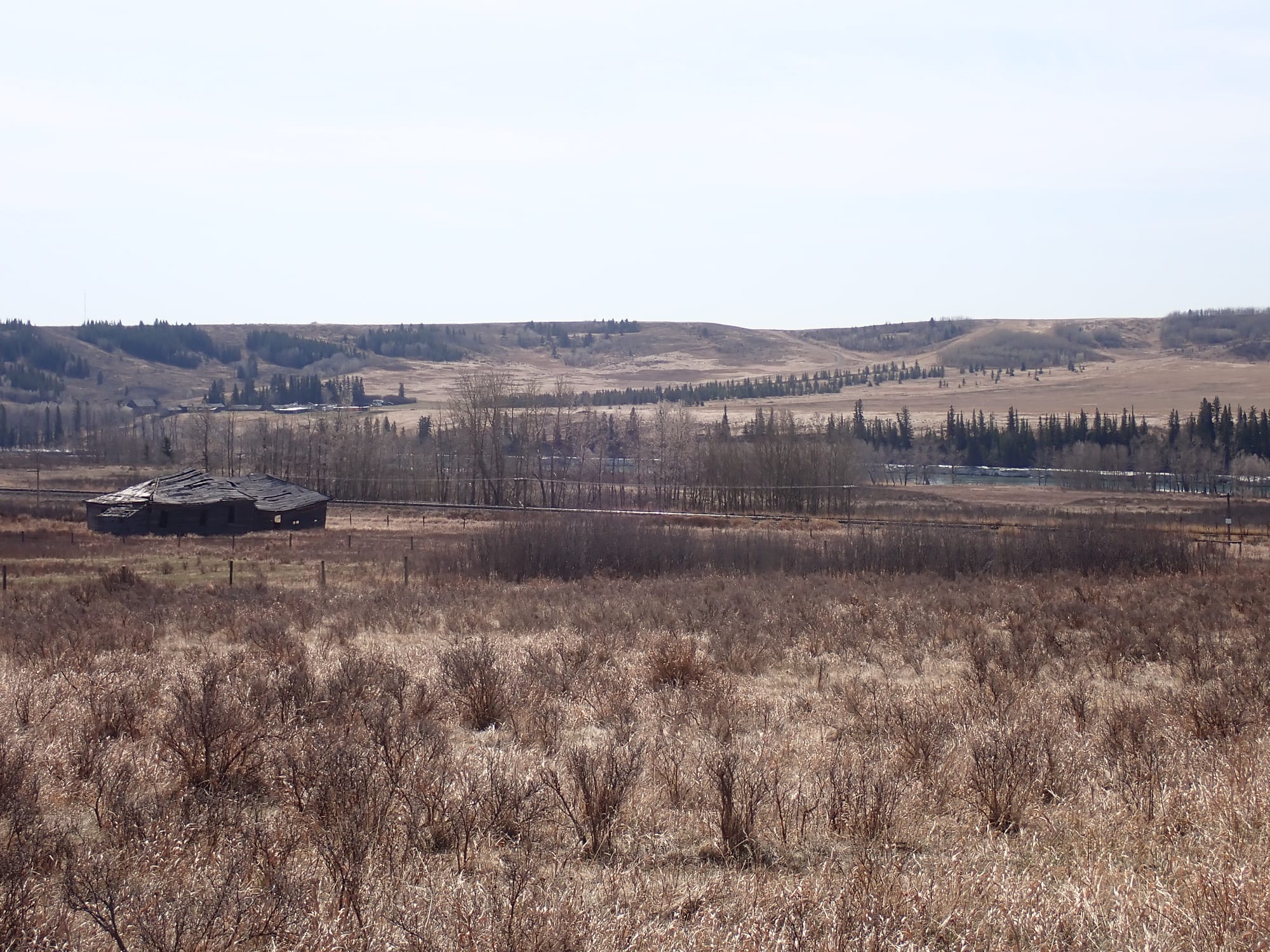

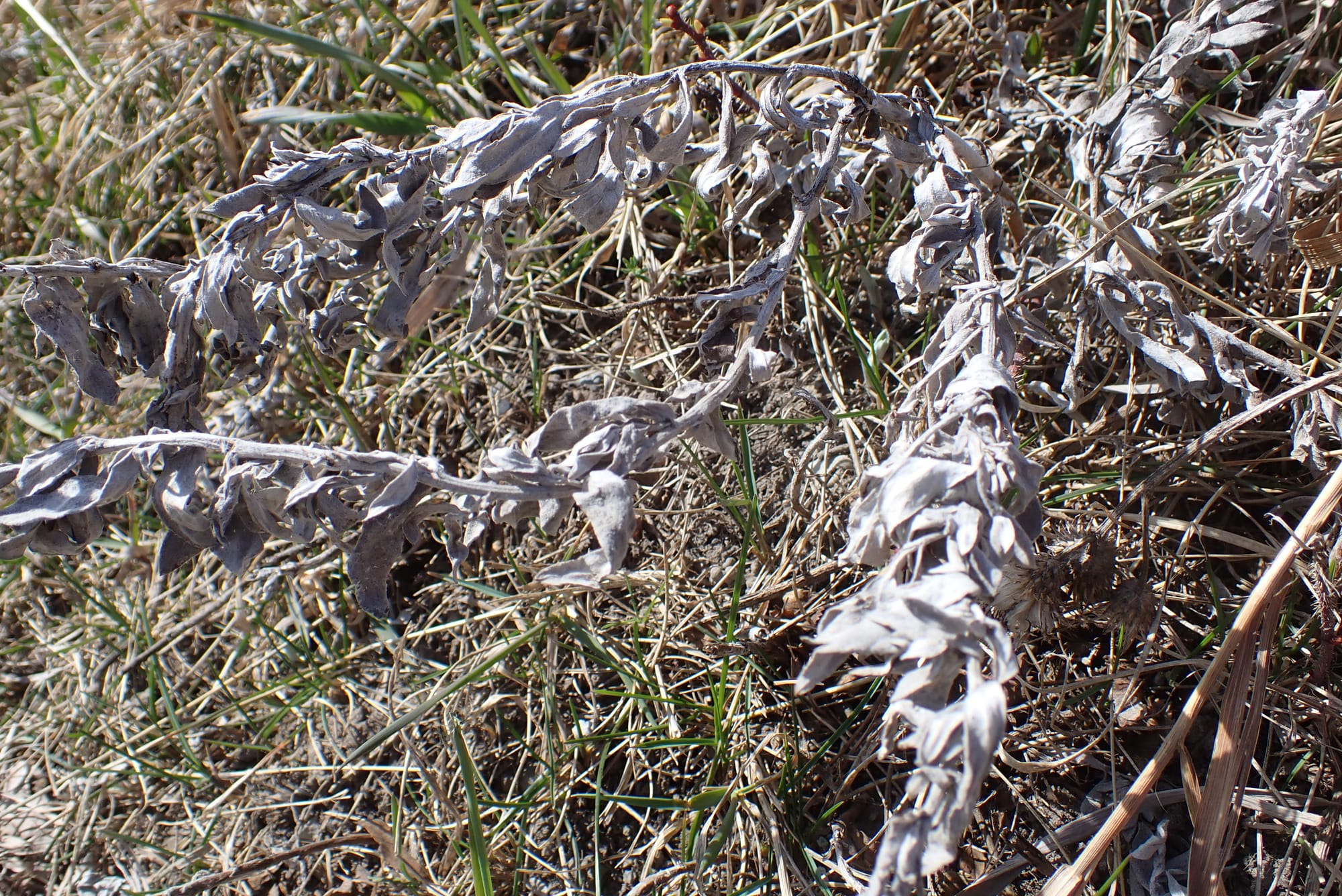
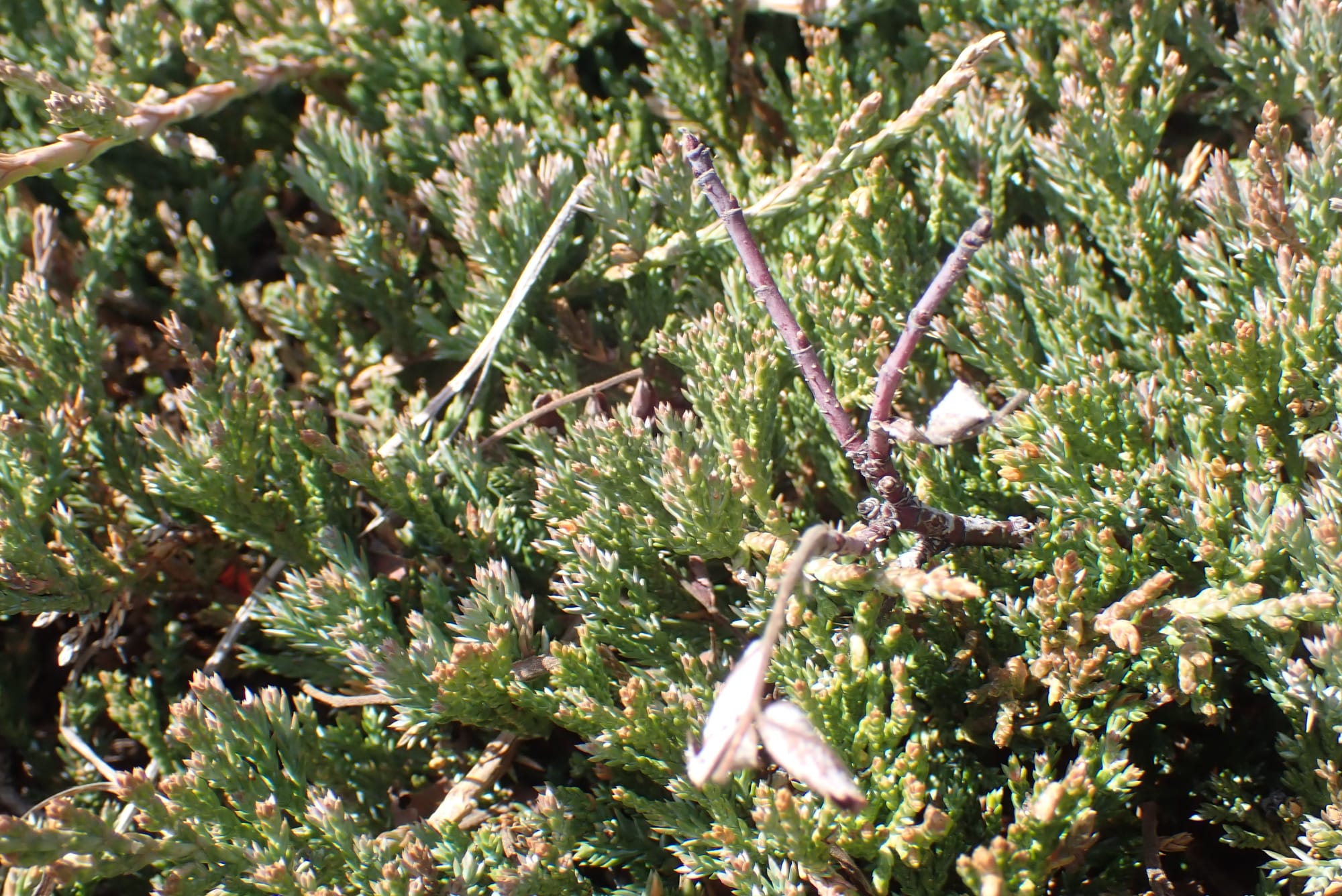
Little Bluestem/Silver Wormwood/Creeping Juniper
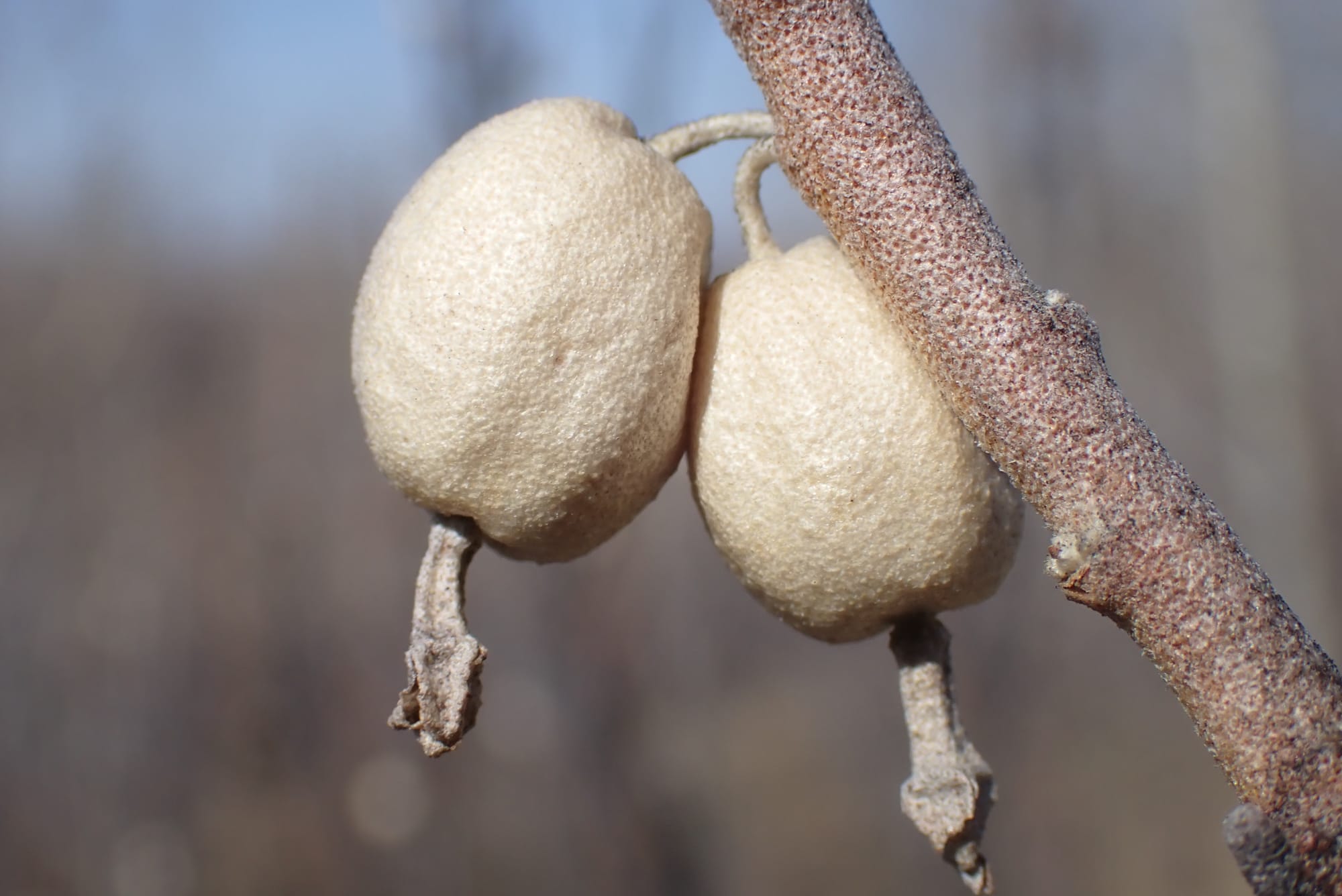
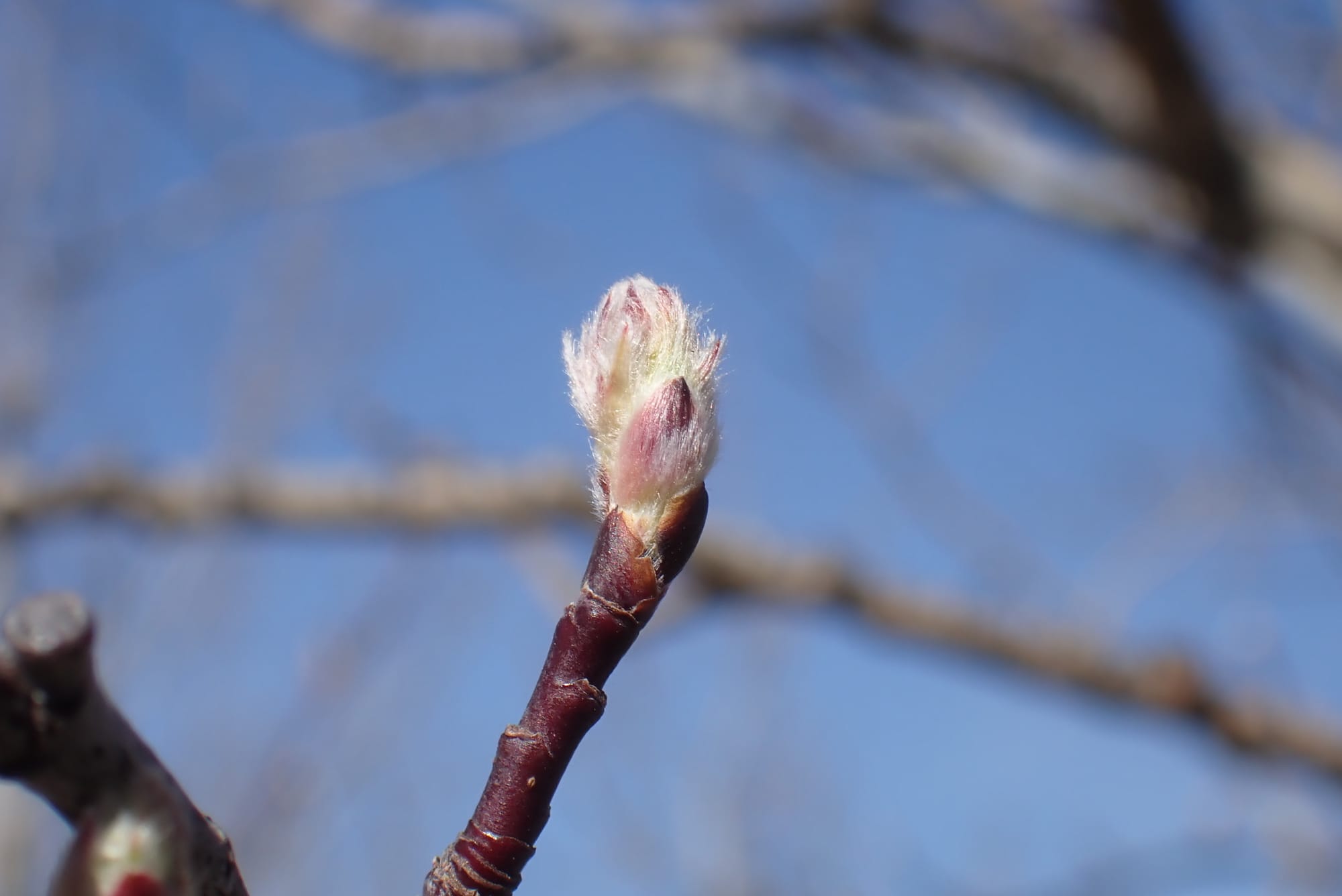
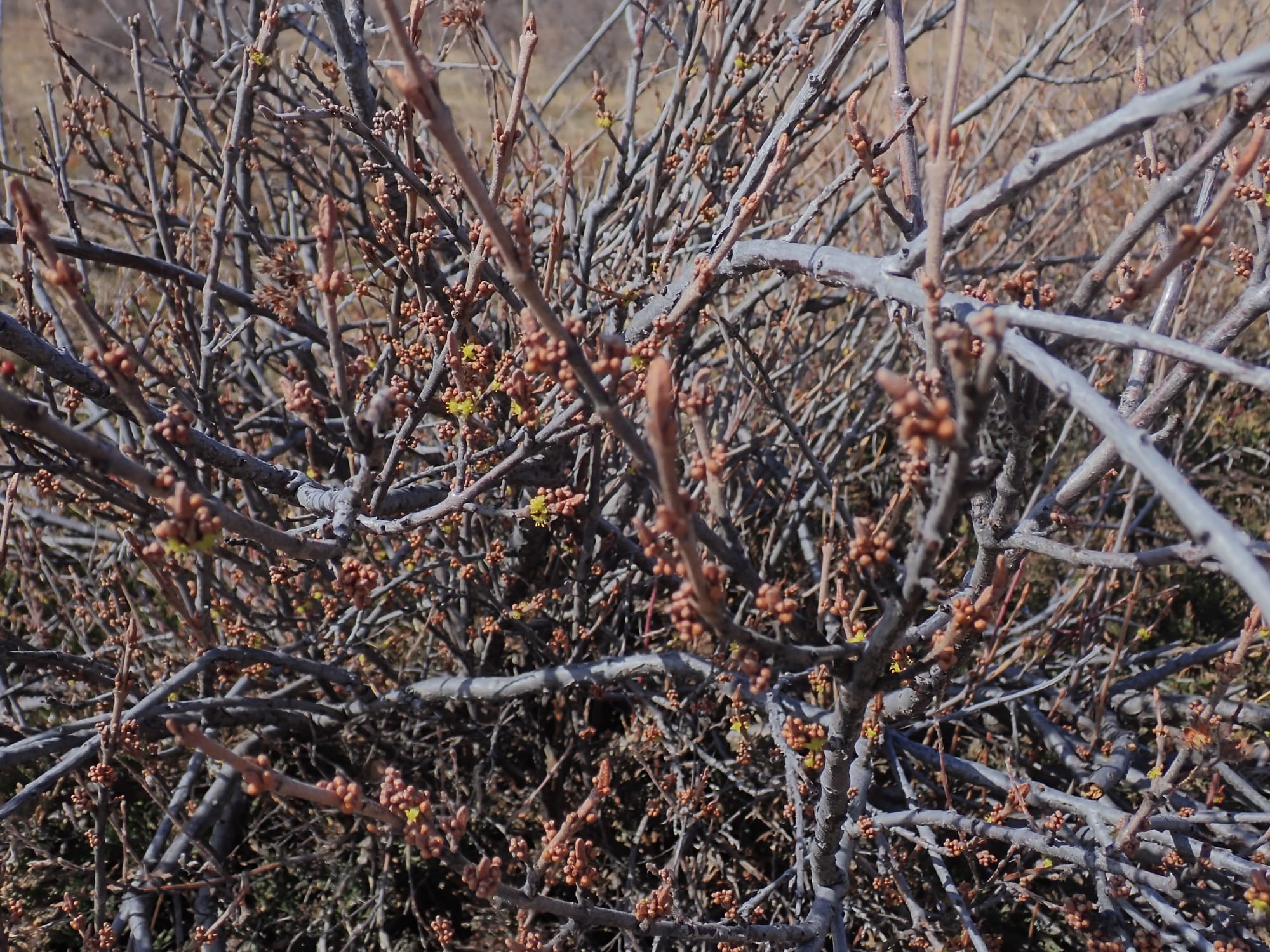
Silverberry/a budding Saskatoon Berry/Canadian Buffalo Berry
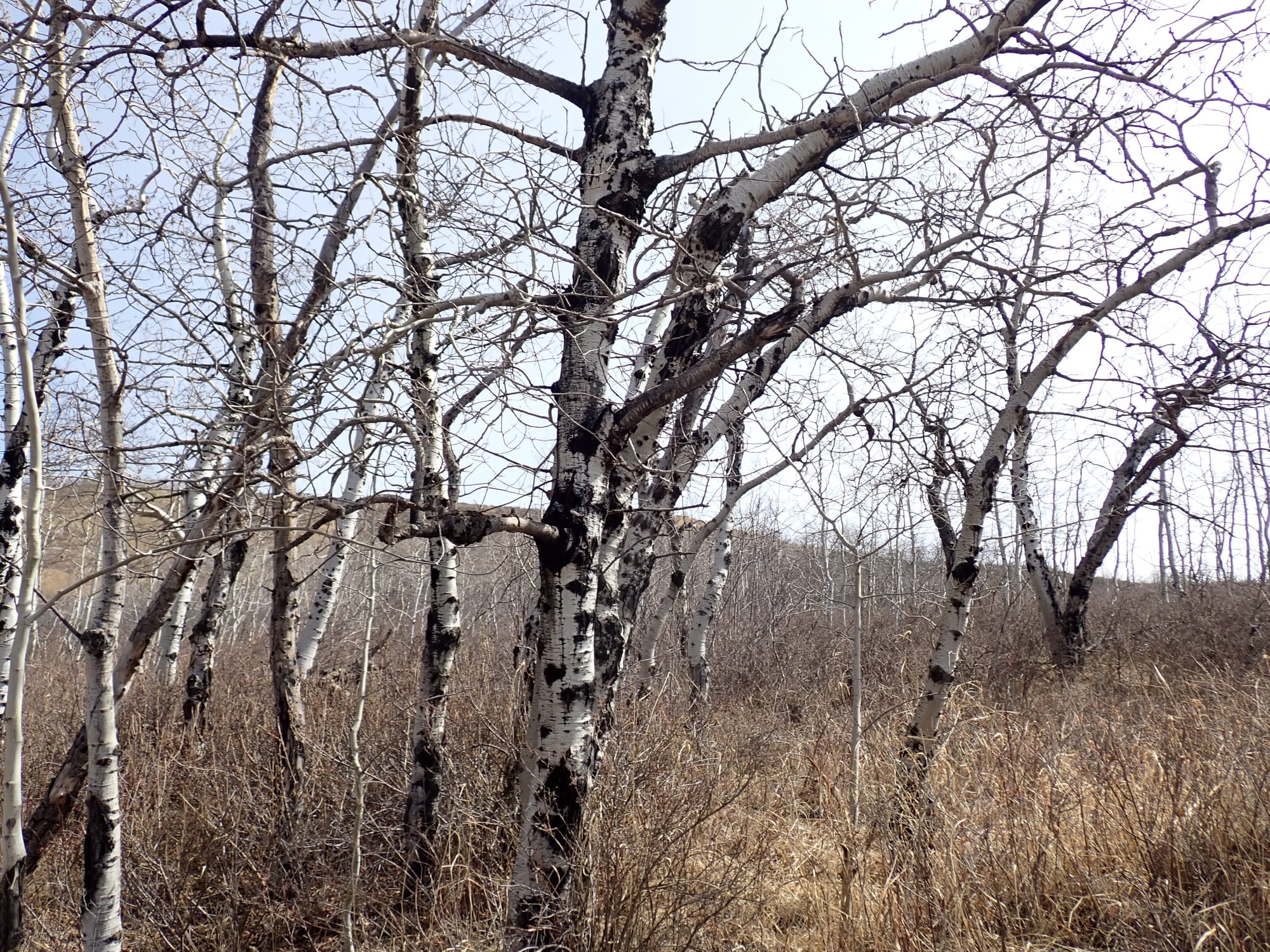
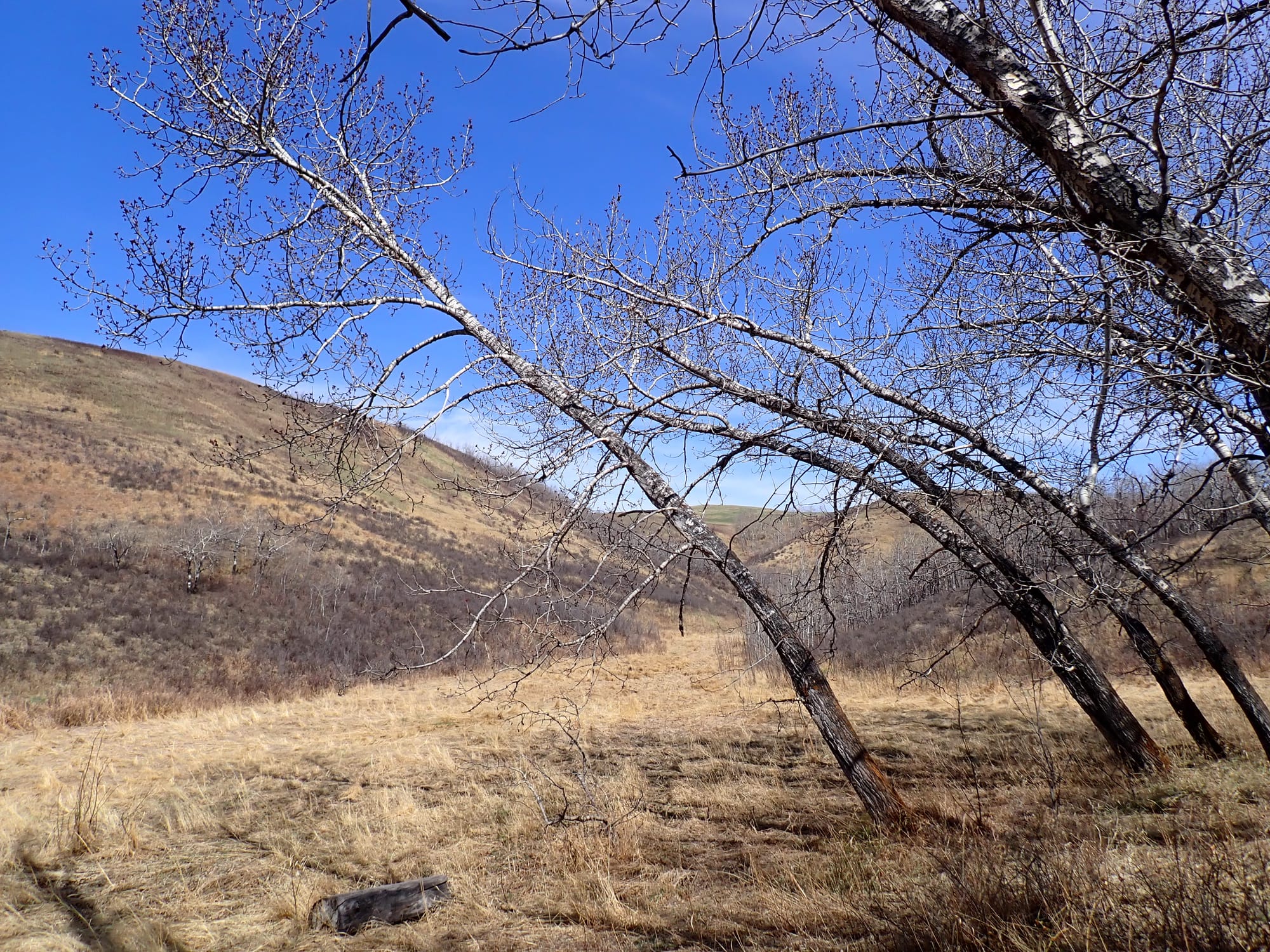
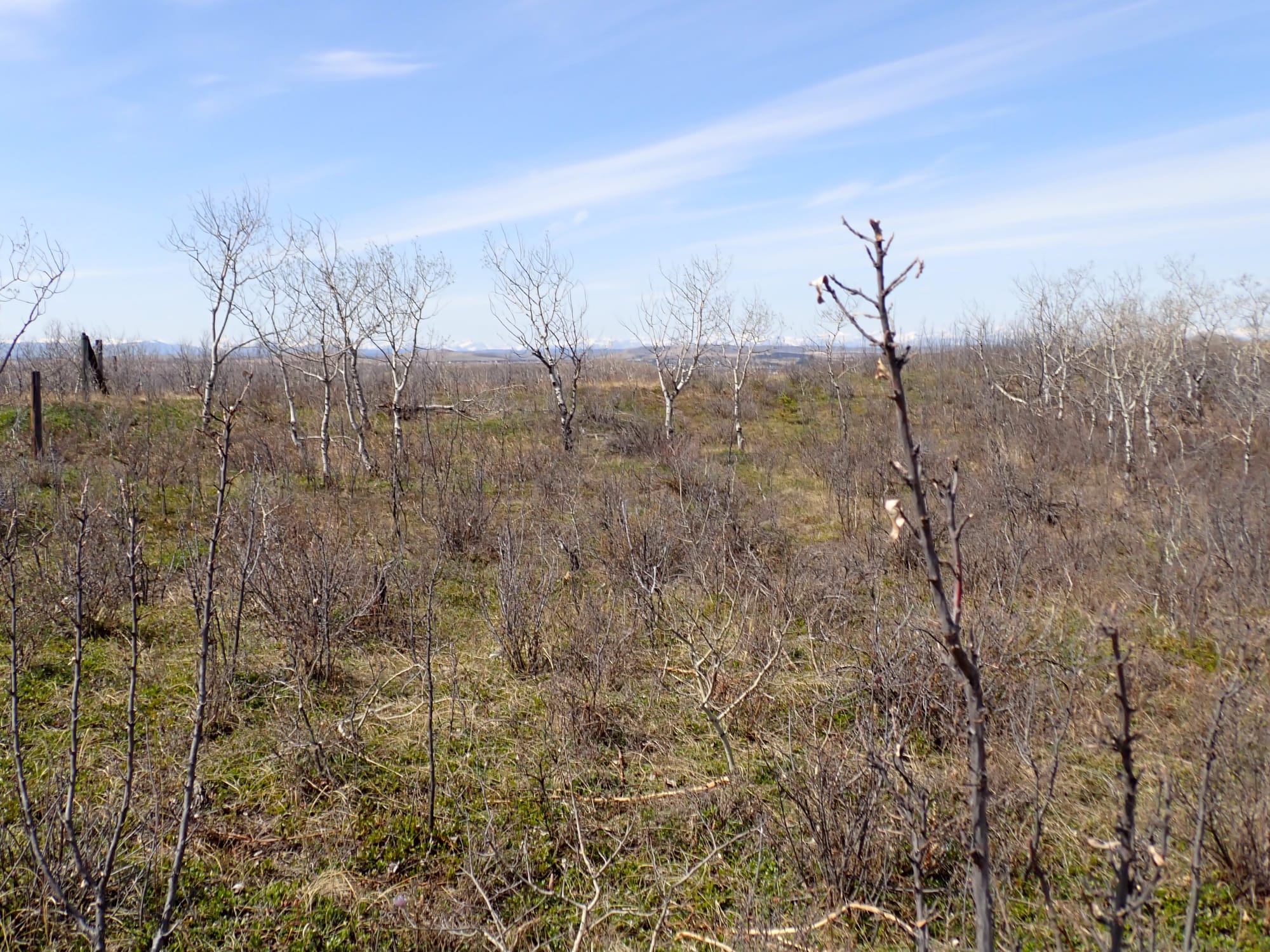
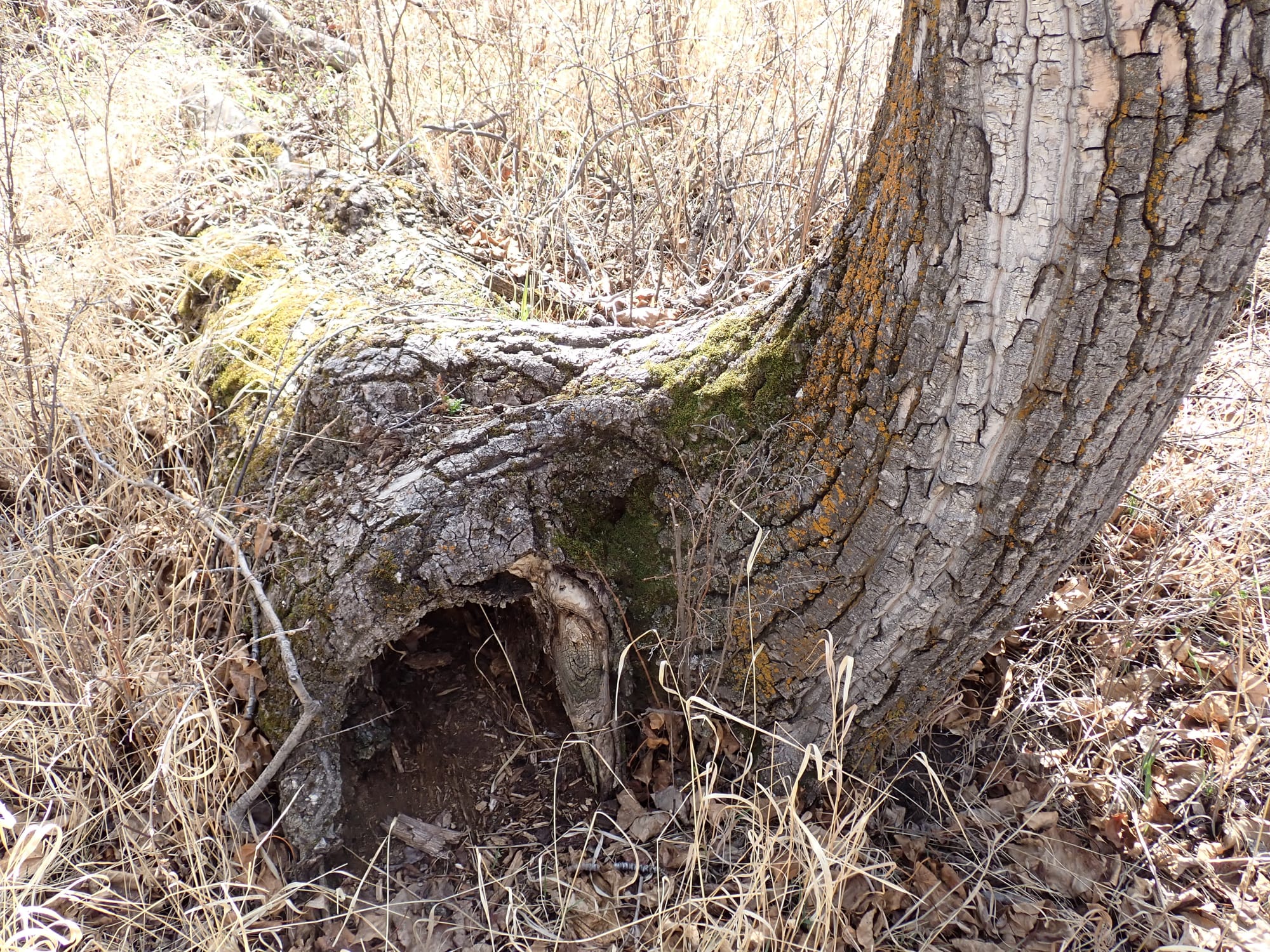
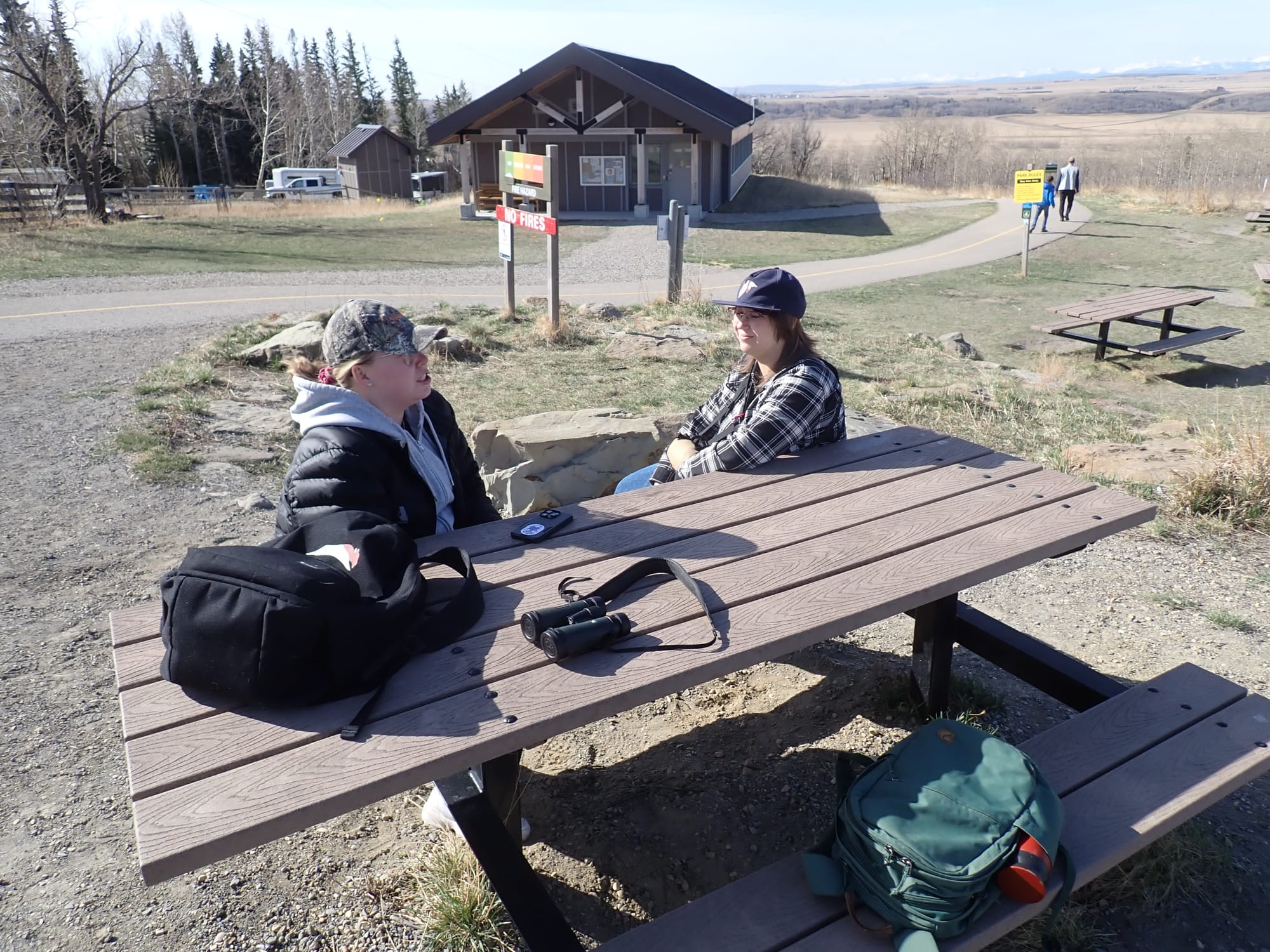


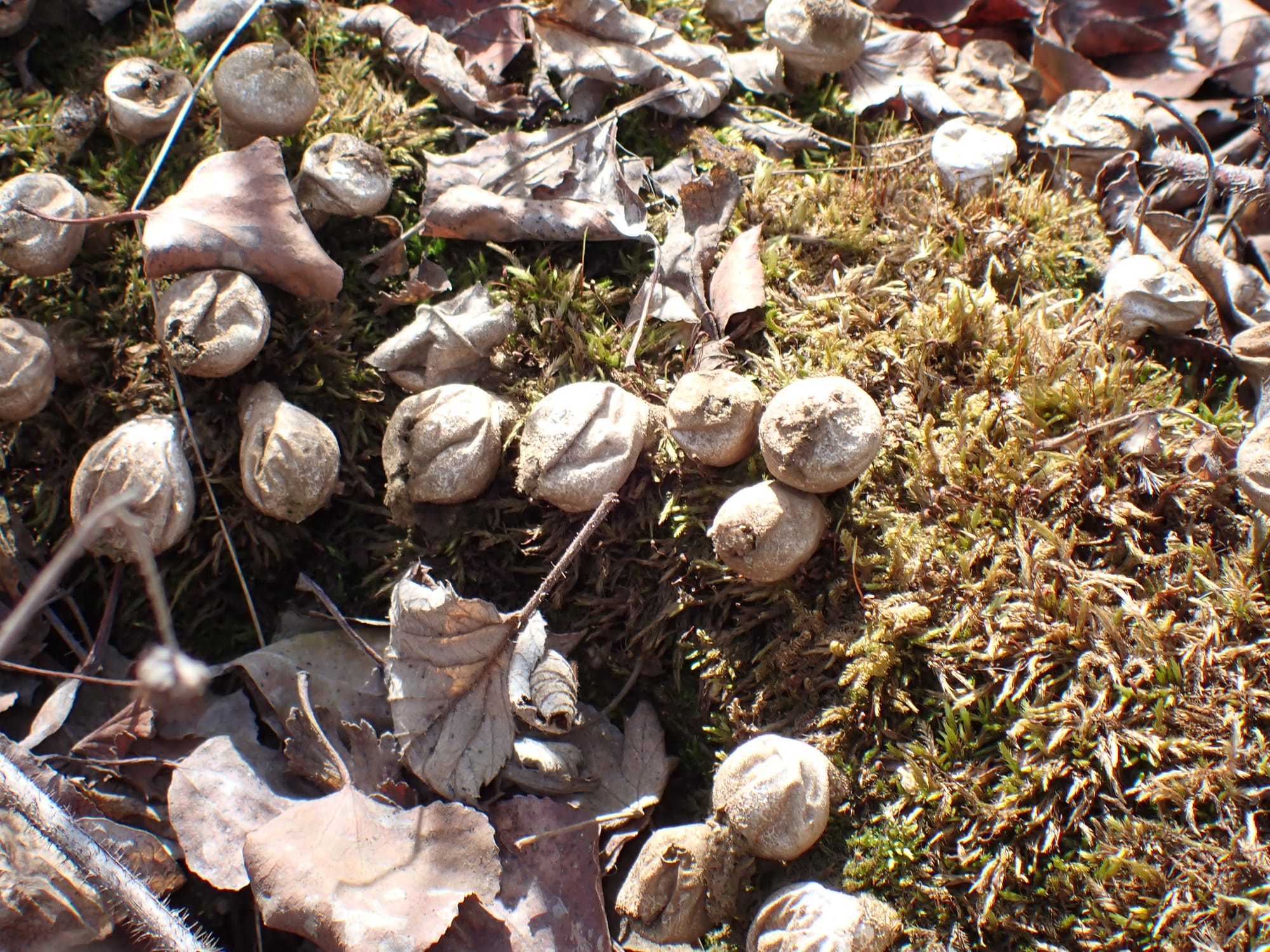
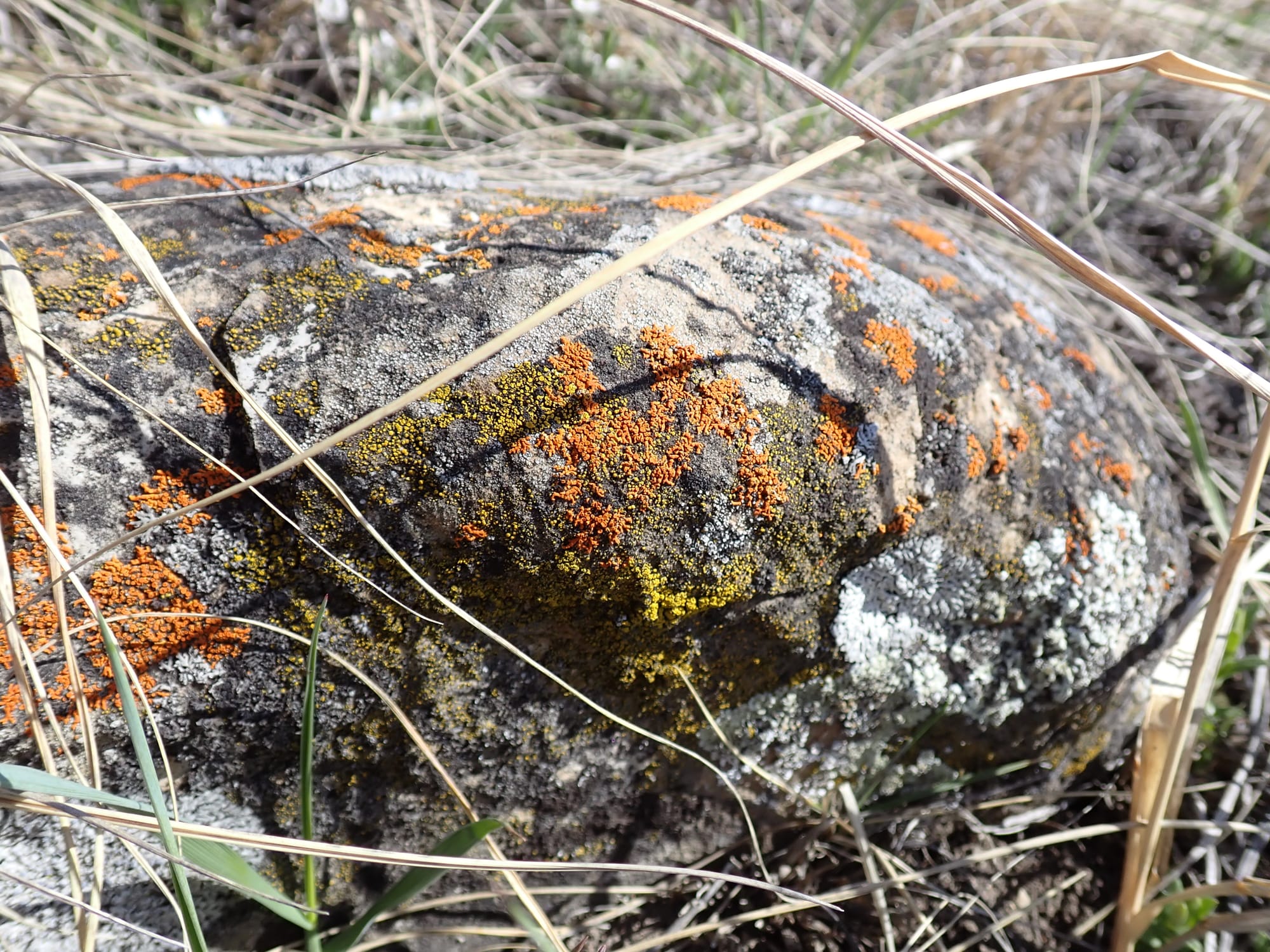
Moss/Moss with Puffballs/Lichen on a Rock
